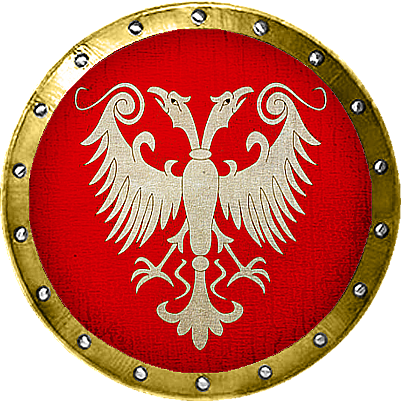
Kraljevina Srbija
Kingdom of Serbia
Faction Overview
In the mountainous region of the western Balkan, lies Kingdom of Serbia. It spreads from Adriatic sea in the west to Great Morava river in theeast, bordering with Second Bulgarian Tsardom. Since Nemanjić dynasty have taken Serbian throne in 1166, Serbia has been making quite progress in all fields. It’s economy was developing as well as military, tactics and equipment. But rule of King Stefan Radoslav, marked a period of stagnation of the state structure. Strengthening of Serbia during his rule was paused and his crown was influenced by Despotate of Epirus which made Serbian nobles and his brother Stefan Vladislav furious. Serbia is at the brink of civil war. Serbia should also be careful of Second Bulgarian Tsardom wishing to influence or even conquer Serbia.
History
6thcentury was an age of mass ethnic changes in Eastern Europe and the Balkans caused by Slavic invasion of Europe. Serbs are south Slavic nation that settled in the western Balkans. At first they were settled by the Eastern Romans on southern part of Dalmatian coast inorder to guard borders of the Roman Empire. During 8th century Serbs rebelled against Eastern Roman Empire creating first Serbian Principality ruled by Knez (Prince) Višeslav Vlastimirović. The last and most powerfull ruler of this dynasty was Prince Časlav who significantly expanded Serbian principality and uniting all Serbian tribes into one organized state. After his death at battle of Syrmia against Magyars, Vojislavljević dynasty, founded by Prince Stefan Vojislav, have taken the throne. Most important ruler of this dynasty was Prince Mihailo I who restored Serbian independence and received a crown from Pope Gregory VII in 1077 becoming the first Serbian king. After his death Serbia was again divided into principalities: Raška, Duklja, Travunija and Zahumlje. King Constantine Bodin, son of Mihailo, ruled as king of Duklja and conquered Raška in year 1083 and appointed Vukanović dynasty to rule over Raška as vassals of King Bodin. King Constantine Bodin’s war with Eastern Roman Empire resulted in annexation of Raška. Last ruler of Vojislavljević dynasty was Radoslav Gradišnić who died in 1148. In year 1166 Stefan Nemanja, member of Vukanović dynasty, rebelled against his brother Tihomir, governor of Raška, and by that also with Roman emperor Manuel IKomnenos. Stefan Nemanja won this conflict in 1168 and established independent Grand Principality of Raška and also became founder of most important and most powerful Serbian dynasty in middle ages, Nemanjić dynasty. He conquered and united again all Serbian states into one. He led anti-Byzantine policy and allied himself with Kingdom of Hungary, Republic of Venice and Holy Roman Empire against Eastern Roman Empire. He expanded his state with help of Crusaders. His son Stefan Nemanjić was crowned as King of Serbia in 1217 by Pope Honorius III. During his rule Serbia expanded and became more powerful. In year 1219 his youngest brother Rastko (monastic name Sava) founded independent Serbian Orthodox Church and was its first Archbishop. After death of Stefan, his oldest son Radoslav became king. His crown was influenced by Despotate of Epirus. During his rule Serbian expansion and growing power was paused. All those things made Serbian nobles and his younger brother Vladislav furious.
Current Situation
Year is 1232. Serbian king is faced with difficulties as Serbian nobles and his brother Vladislav are about to force him abdicate. At first he was a good ruler, but later was influenced by his wife who was a daughter of Theodore of Epirus and Thessaly. King’s mother was also of Greek origin so he sympathized Greeks and because of that he had nothing against being influenced by Greek state of Epirus. Now strengthening and expansion of Serbia is halted. Serbian nobles are dissatisfied as well as his brother Vladislav, who is supported by Second Bulgarian Tsardom. There were no any kind of rebellions against Radoslav until Theodore was defeated in battle and captured by Bulgarians in 1230. King Radoslav was left without support since then and his position weakened. King Stefan Radoslav must find a way to satisfy nobles and his brother or he will face punishment.
Starting Provinces
Trade and Finance
Most of goods produced in Serbia were wine, manufactures and luxury goods from western part and Adriatic coast. Deeper into Serbia there were goods like iron and other metals, wool, grain, leather, timber, fruits, domestic animals... Serbian economy was developing pretty solid which allowed Serbia also to develop its army. But there is something that Serbian king is still unaware of. A large source of gold, silver and other types of metal located in area of Kosovo and Metohija. After those mines were opened and Saxon miners invited, Serbia becomes one of the richest states in Eastern Europe, which allowed recruitment of western style knights armored with full plate armour. That made Serbia first Balkan nation using high quality western equipment and was devastating blow to Serbian rivals. Serbia had traditional trading ties with Republic of Venice and Republic of Ragusa, but also had trade with Holy Roman Empire, Kingdom of Hungary and with other Balkan states.
Government and Society
Serbia was feudal monarchy with Orthodox Christianity as only official religion. First ruler of Nemanjić dynasty finally decided if Serbs will answer to Pope of Patriarch. At first he was baptized by Catholic priests because there were no Orthodox priests nearby. Later he finally decided to accept Orthodox Christianity. Some Serbs still believed in their old Slavic Gods. During rule of Stefan Nemanja, almost all of Serbs were converted to Orthodox Christianity. Before 9th century Slavs did not have their alphabet. During first wave of christianization of Serbs, a Slavic alphabet was written in order to educate Slavs and also to translate Christian books. It was made by two Greeks, Cyril and Methodius. They made first written alphabet used by Slavs and it was Glagolitic alphabet. But because they did not know Serbian and other Slavic languages well enough, the language they created was not the same, but it was similar to language spoken by Slavic people and by that had to be learned. A Serbian redaction of old Slavic language, Serbo-Slavic language was official language of Serbian medieval state during Nemanjić dynasty, although it was not very understandable to ordinary Serbian people.
Serbian Army
The Serbian army was feudal in nature, though its system of military
landholding was inherited from the Byzantine Pronoia rather than the Western European fief. Still it was an army well known for its strength, organization, tactics and was among top Balkan armies. During Nemanjić dynasty Serbia also grew militarily. Old Serbian ambush tactics were becoming older and economic growth enabled heavy cavalry to be adopted as new striking force. Serbian army used powerful combination of speared infantry, sword and axe infantry, as well as strong heavy cavalry since late 13thcentury and useful light cavalry. Army also had archers and javelin throwers among its ranks who were very useful in harassing enemy armies. There were few horse archers in Serbia. Those who served in Serbian army were foreign mercenaries mostly Cumans, Tatars and horse archers of Turkic origin. Serbian army also consisted of small navy and artillery.
Examples of serbian units:
Serbian Spearmen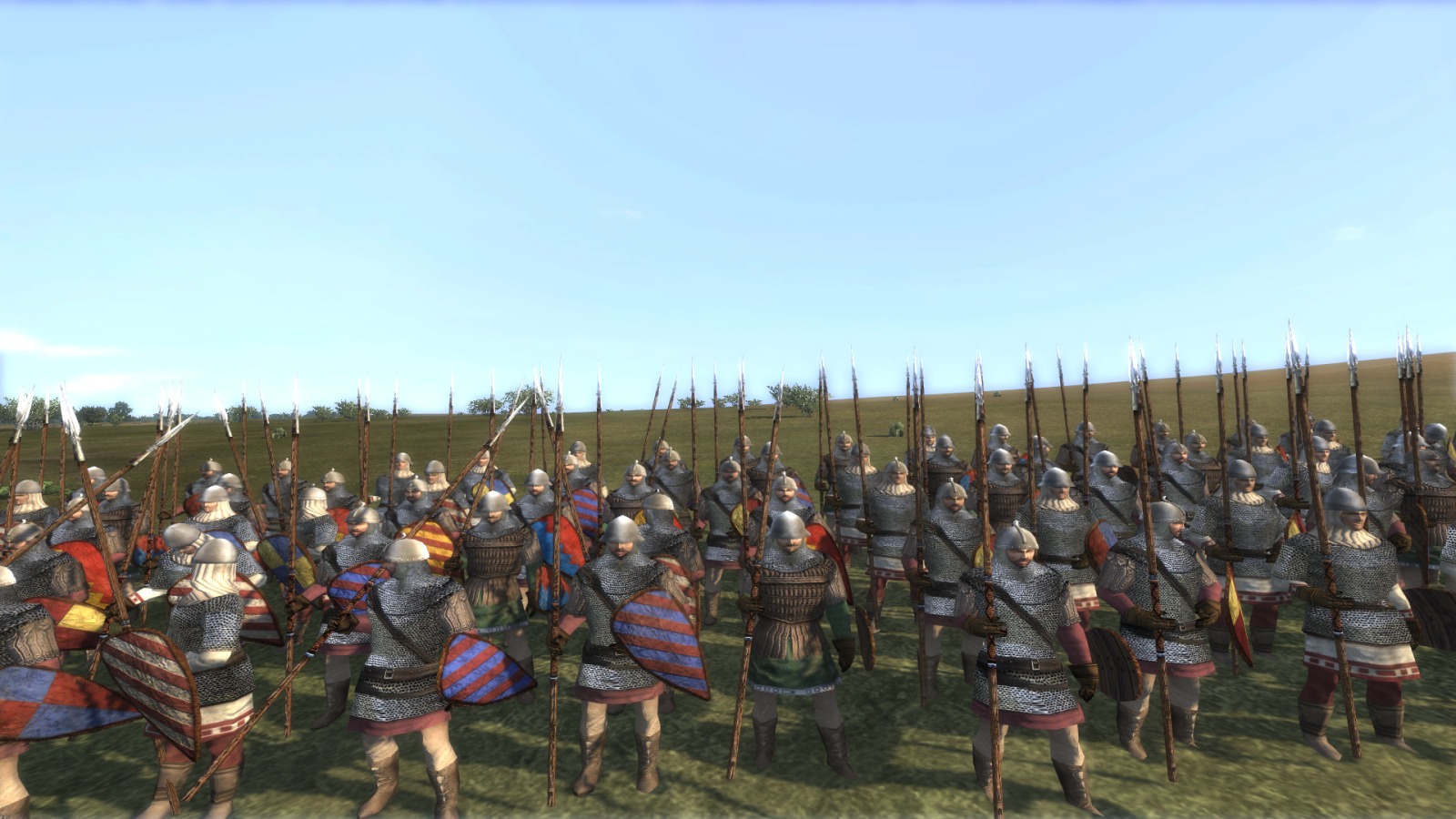
Serbian Archers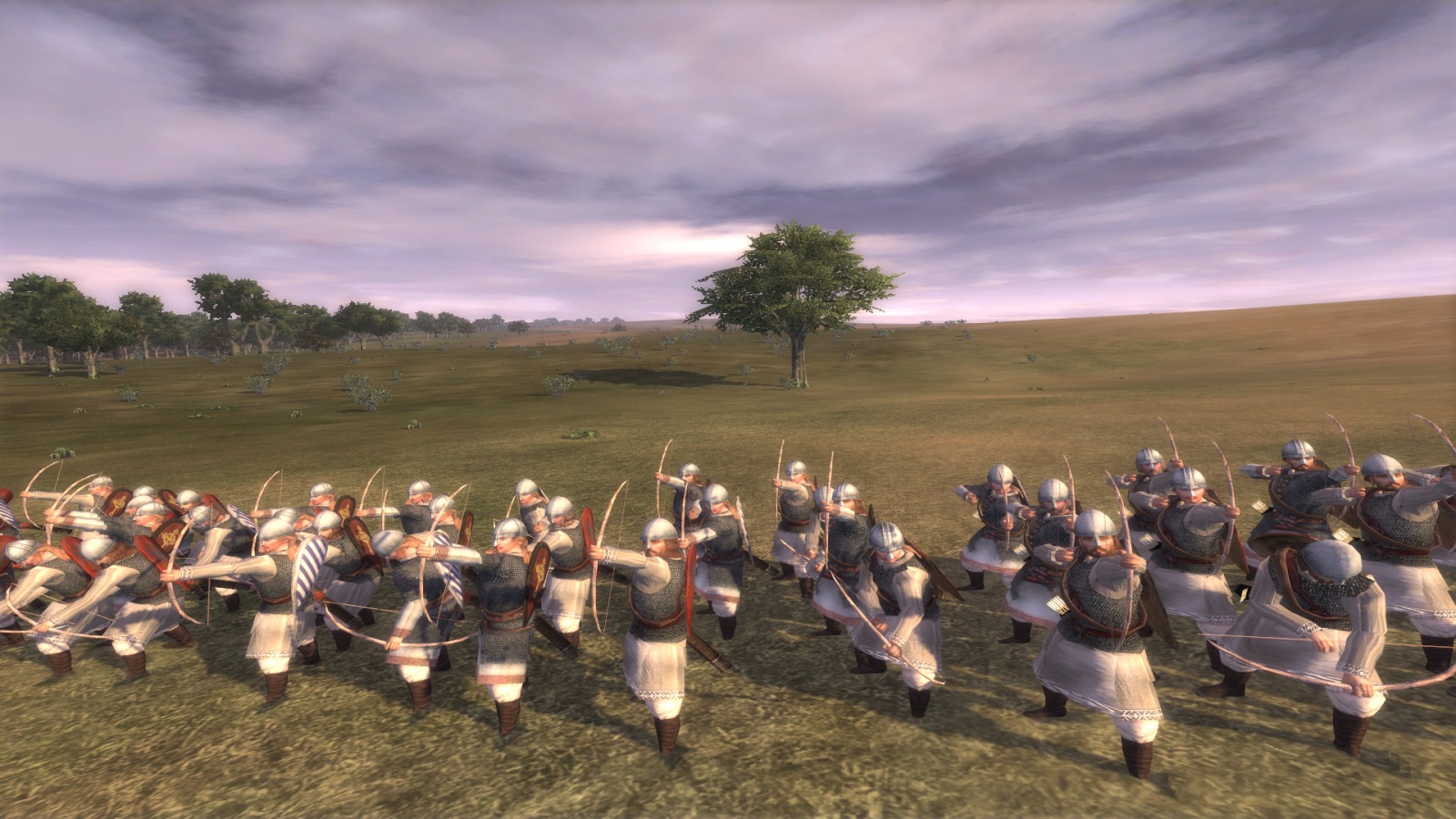
Bastnici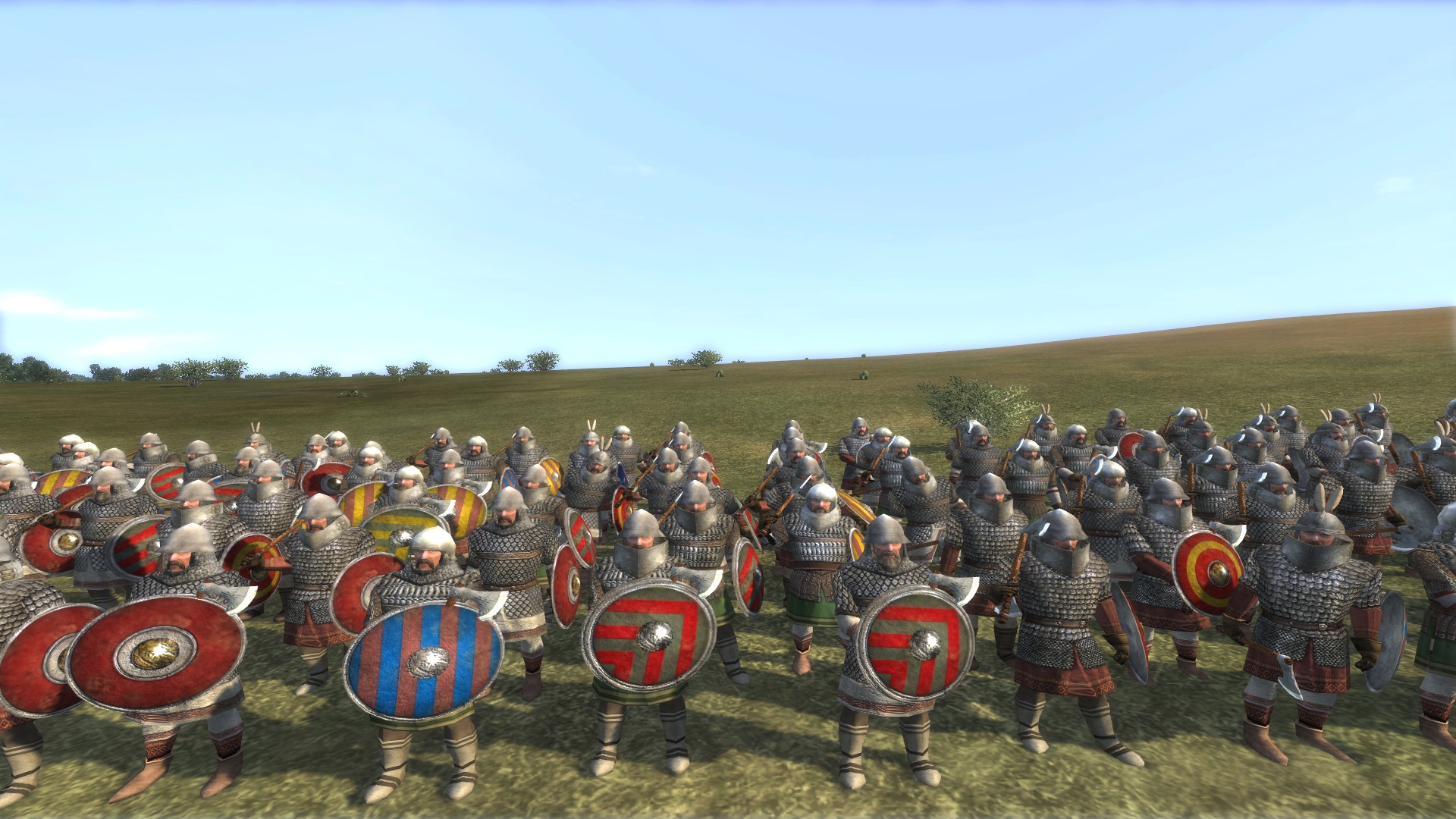
King's Bodyguard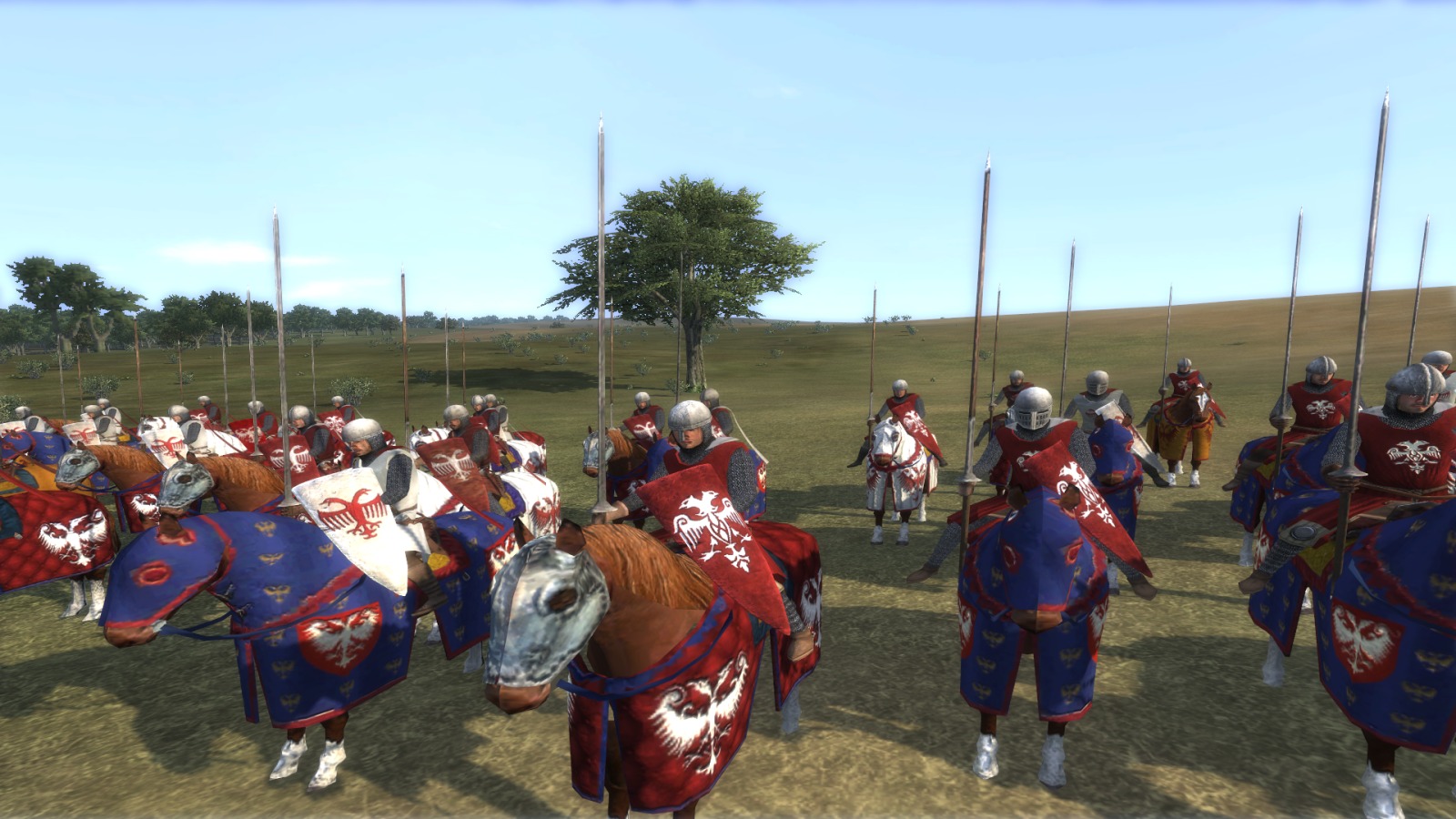
Units, materials and strat models from:
Tsardoms Total War
Eras Total Conquest
GeMiNi][SaNDy's Western Unit Overhaul for DLV
Research: SerbianWolf

Balgarsko Tsarstvo
Bulgarian Tsardom
Faction Overview
One powerful state exists in the eastern Balkans, The Second Bulgarian Tsardom. It stretches from Black sea coast in the east to Great Morava river in the west, bordering with Serbian Kingdom. Bulgarian Tsardom is a descendant of once more powerful First Bulgarian Tsardom that included most of the Balkans. Second Bulgarian Tsardom reached its peak during the rule of Asen dynasty which also founded independent Second Bulgarian Tsardom. In year 1232, empire is almost at its peak and is strongest force in the Balkan peninsula. Bulgarian Tsar should use it to expand his empire. Bulgaria is at war with Kingdom of Hungary and should focus on repelling Hungarian invasion and defeating them, however Bulgaria should not ignore strengthening of its Serbian rival. Tsar must do something about it or for a couple of decades it could be too late for a successful war against them.
History
Bulgarians are one of South Slavs that settled eastern Balkans. Their first, largest and most powerful empire was founed around 681 when Bulgar tribes led by Asparukh, the first Bulgarian Khan, moved to the northeastern Balkans and secured Byzantine recognition for their right to settle south of the Danube by defeating Byzantine army led by Constantine IV. At the peak of its power Bulgaria spread from the Danube bend to the Black Sea and from the Dnieper river to the Adriatic Sea. As the state solidified its position in the Balkans, it entered on acenturies-long interaction, sometimes friendly and sometimes hostile,with the Byzantine Empire. In 864 Eastern Romans under leadership of Michael III invaded Bulgaria on suspicions that Khan Boris I prepared to accept Christianity in accordance with the Western rites. Upon the news of the invasion, Boris I started negotiations for peace. The Byzantines returned some lands in Macedonia and their single demand was that he accept Christianity from Constantinople rather than Rome. Khan Boris I agreed to that term and was baptised in September 865, assuming the name of his godfather, Byzantine Emperor Michael, and became Boris-Mihail. The pagan title "Khan"was abolished and the title "Knyaz"assumed in its place. The reason for the conversion to Christianity,however, was not the Byzantine invasion. The Bulgarian ruler was indeed a man of vision and he foresaw that the introduction of a single religion would complete the consolidation of the emerging Bulgarian nation, which was still divided on a religious basis. He also knew that his state was not fully respected by Christian Europe and its treaties could have been ignored by other signatories on religious basis. The Empire was dominant power in the region until it started to decline in late 10th and early 11th century. Last ruler of First Bulgarian Tsardom was Presian II from Cometopuli dynasty. At the battle of Kleidion in 1014, Bulgarians were completely defeated and in 1018 Bulgarian empire was annexed by Eastern Roman Empire. Bulgarians remained under the rule of Romans until 1185 when 2 brothers, Peter IV and Ivan Asen I, with their Bulgarian insurgents rebelled against Eastern Roman Empire and successfully created independent Second Bulgarian Tsardom in 1185.Peter IV from Asen dynasty became tsar of new tsardom. Bulgaria was becoming stronger and reached its peak during rule of Ivan Asen II and became strongest regional power.
Current Situation
Year is 1232 and Bulgaria is at war with Kingdom of Hungary. The alliance between Bulgaria and Nicaea, directed against the Latin Empire, provoked reprisals by the Papacy and the Kingdom of Hungary. Same year Hungarians launched invasion on Bulgaria and captured Belgrade area. Tsar must act quickly to stop Hungarians in taking more land and counter-attack. A tensions between Serbian king and his brother are about to erupt. Serbian expansion is stopped by internal conflict in ruling dynasty. Tsar should use that to influence Serbia, by supporting Vladislav in taking over Serbian throne. Bulgaria has alot of enemies, but their power should not be underestimated.
Starting Provinces
Trade and Finance
The economy of the Second Bulgarian Empire was based on agriculture, mining, traditional crafts, and trade. Agriculture and livestock breeding remained the mainstays of the Bulgarian economy between the XIIth and XIVth centuries. Moesia, Zagore, and Dobrudzha were known for rich harvests of grain, including high quality wheat. Production of wheat, barley, and millet was also developed in most regions of Thrace. The main wine-producing areas were Thrace, the Black Sea coast, and the valleys of the Struma and Vardar rivers in Macedonia. Production of vegetables, orchards, and grapes became increasingly important since the beginning of the XIIIth century. Sericulture and especially apiculture were well developed. Honey and wax from Zagore were the best-quality beeproducts in the Byzantine markets and were highly praised. The forests produced wood for cutting; there were also fenced forests, in which wood-cutting was banned. The increase in the number of towns gave strong impetus to handicrafts, metallurgy, and mining. Processing of crops was traditional; products included bread, cheese, butter, and wine. Salt was extracted from the lagoon near Anchialus. Leathermaking and weaving were prominent crafts. Varna was renowned for the processing of fur, which was used for production of luxurious clothes. According to Western European sources, there was an abundance of silk in Bulgaria. There were blacksmiths, ironmongers, and engineers who developed catapults, battering rams, and other siege equipment, which was extensively used in the beginning of the XIIIth century. Metalworking was developed in western Bulgaria in cities like Chiprovtsi, Velbazhdand Sofia, as well as in Tarnovo and Messembria to the east.
Government and Society
The Second Bulgarian Empire was a hereditary monarchy ruledby a Tsar (Slavic word for Emperor). The official religion was Orthodox Christianity, but there was a lot of Bogomilism in Bulgaria as well. Bulgaria had independent church with status of Patriarchate since 918(same status as Roman Orthodox church in Constantinople). The monarchs of Bulgaria styled themselves, "In Christ the Lord Faithful Emperor and Autocrat of all Bulgarians" or variations, sometimes including "...and Romans, Greeks, or Vlachs" .The term allBulgarians was added in the XIVth century following the loss of many Bulgarian-populated territories and signified that the monarch in Tarnovo was the emperor of all Bulgarian people, even those who lived beyond the country's political borders. The Tsar held supreme power over secular and religious affairs in an autocracy; his personal abilities played an important role in the country's well-being. When the monarch was an infant, the government was headed by a regency that included the mother-empress, the Patriarch, and senior members of the ruling dynasty. As the processes of feudal fragmentation accelerated in the XIVth century, it became customary for the monarch’s sons to receive imperial titles during their father's lifetime; sons were styled co-rulers or junior emperors. During the Second Empire, Bulgarian society was divided into three social classes: clergy, nobility, and peasantry. The nobility included the aristocracy: the bolyars, whose origin was the older Bulgarian boilas from the First Empire, the judges, and the "whole army".The bolyars were subdivided into greater and lesser bolyars. The former possessed large estates, which at times included tens and even hundreds of villages, and held high administrative and military posts. The peasants formed the bulk of the third class and were subordinated either under the central authorities or under local feudal lords. With time, the number of the latter increased as a result of the process of feudalization of Bulgaria. The main groups of peasants were paritsi and otrotsi .Both could own land but only the paritsi could inherit property; the latter could not, since it was provided by the feudal lords. The official language was “Middle Bulgarian” and it was official language from XIIth until XVIth century.
Bulgarian Army
The Bulgarian army used various military tactics, relying on the experience of the soldiers and the peculiarities of the terrain. The Balkan mountains played a significant role in the military strategy and facilitated the country's defence against the strong Byzantine army. During wartime, the Bulgarians would send light cavalry to devastate the enemy lands on a broad front, pillaging villages and small towns, burning the crops, and taking people and cattle. The Bulgarian army was very mobile. Bulgaria also had strong heavy cavalry, good infantry as well as good archers .During the Second Empire, foreign and mercenary soldiers became an important part of the Bulgarian army and its tactics. Since the beginning of the rebellion of Asen and Peter, the light, mobile Cuman cavalry was used effectively against the Byzantines and later the Crusaders. In the XIVth century, the Bulgarian army increasingly relied on foreign mercenaries, which included Western knights, Mongols, Ossetians,or Wallachians. The Bulgarian military was well supplied with siege equipment,including battering rams, siege towers, and catapults.
Examples of Bulgarian units:
Bulgar Strazhari
Bulgar Samostrelzi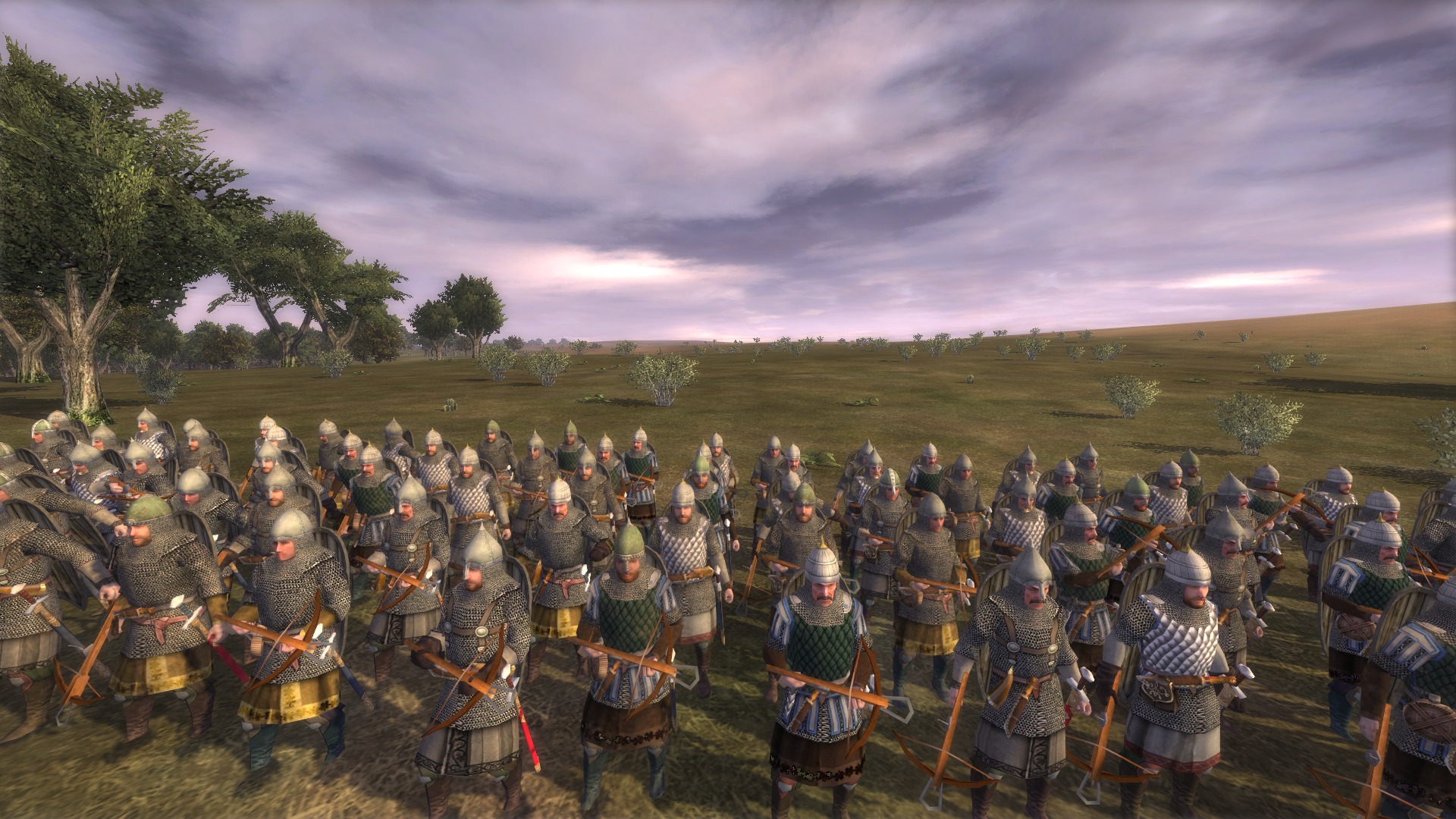
Bulgar Horse Archers
Bulgar Bolyars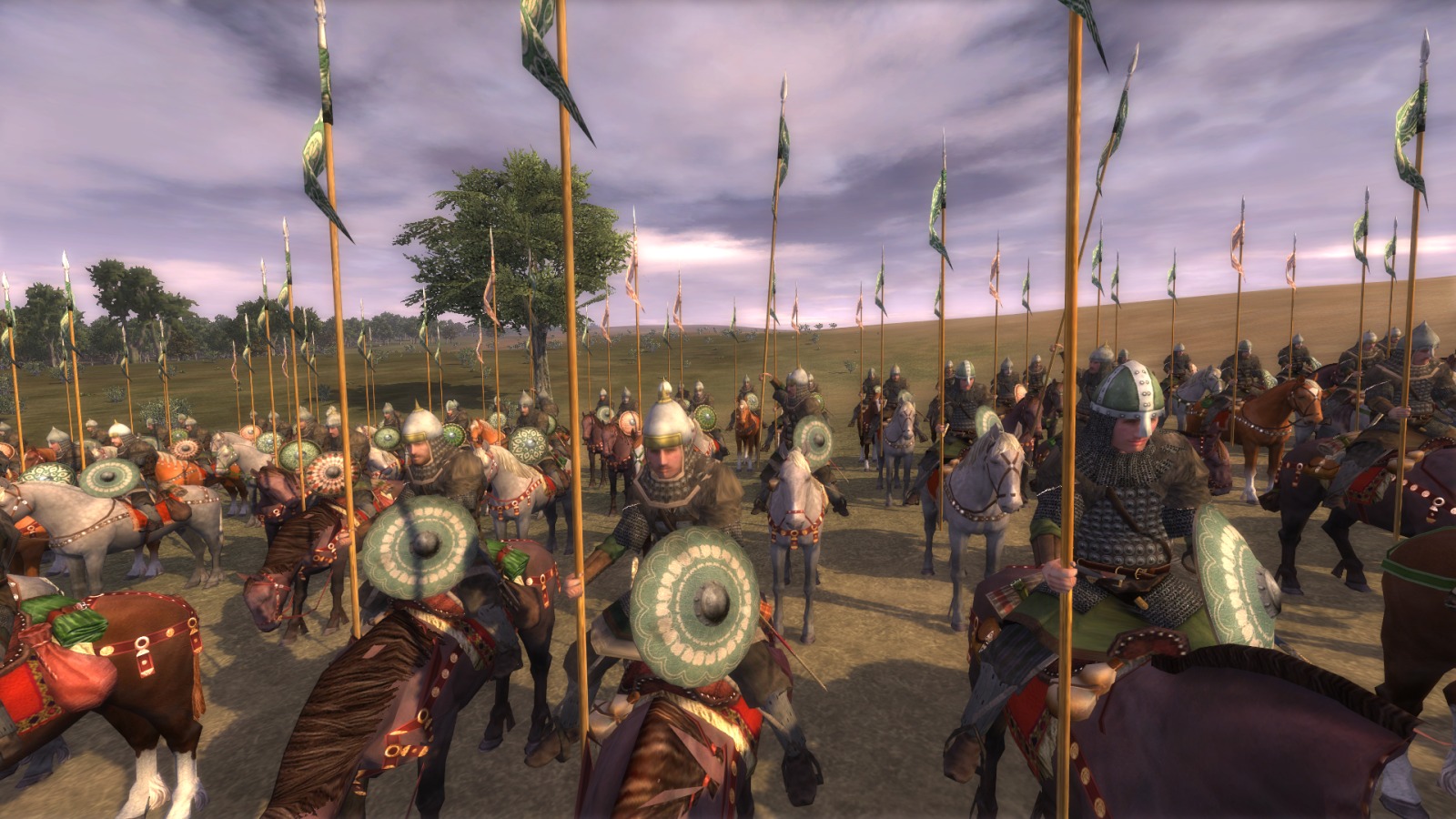
Units, materials and strat models from:
Anatolian Principalities
Tsardoms Total War
Research: SerbianWolf
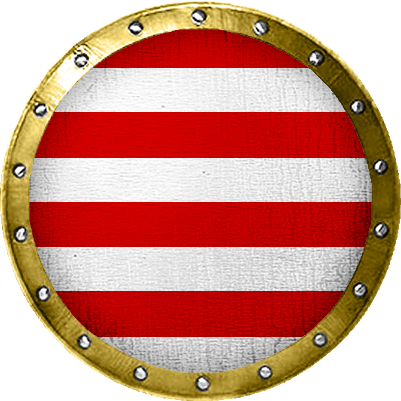
Magyar Királyság
Kingdom of Hungary
Faction overview
In eastern Europe, mighty Kingdom of Hungary exists. It includes lands from Carpathian mountains in the east, across Pannonian Basin to the border with Holy Roman Empire in the west. King Andrew II of Hungary is at war with Second Bulgarian Tsardom and managed to take Belgrade region from Bulgarians. Bulgarians are still strongest country in region and can make Hungarian small victory into defeat. King Andrew II must be careful in this war.
History
In 895 Magyar tribes began settling eastern Europe and at first settled in area of Carpathians. Magyars (Hungarians) were able to move in virtually unopposed, peacefully, because that area was sparsely populated since Charlemagne’s destruction of the Avar state in 803.The newly unified Hungarians led by Árpád settled in the Carpathian Basin starting in 895. But Magyars did launch their campaigns against other states. The East Frankish vassal, Balaton Principality in Transdanubia was subjugated during a Hungarian campaign in the direction of Italy around 899-900. Great Moravia was annihilated between 902 and 907 and part of it, the former Principality of Nitra,became part of the Hungarian state. The south-eastern parts of the Carpathian Basin were under the rule of the First Bulgarian Empire,however the Bulgarians lost their dominance due to the Hungarian conquest. The principality as a warrior state, with a new-found military might, conducted vigorous raids ranging widely from Constantinople to central Spain, and defeated no fewer than three major east Frankish armies between 907 and 910. The Hungarians succeeded in extending the deiure Bavarian-Hungarian border to the River Enns (until 955), and the principality was not attacked from this direction for 100 years after the Battle of Pressburg. The intermittent Hungarian campaigns lasted until 970, however two military defeats in 955 (Lechfeld) and 970(Arcadiopolis) marked a shift in the evolution of the Hungarian principality. The new Hungarian state was on the frontier ofChristendom. From the second half of the 10th century, Christianity flourished as Catholic missionaries arrived from Germany. Between 945 and 963, the main office-holders of the Principality (the Gyula, and the Horka) agreed to convert to Christianity. In 973 Géza I and all his household were baptised, and a formal peace concluded with Emperor Otto I; however he remained essentially pagan even after his baptism: Géza had been educated by his father Taksony as a pagan prince. The first Hungarian Benedictine monastery was founded in 996by Prince Géza. During Géza's reign, the nation conclusively renounced its nomadic way of life and within a few decades of the battle of Lechfeld became a Christian kingdom. The Kingdom of Hungary came into existence in Central Europe when Stephen I, Grand Prince ofthe Hungarians, was crowned king in 1000 or 1001. He reinforced central authority and forced his subjects to accept Christianity.After victory over invading Holy Roman Empire, strength of Hungarian army increased becoming one of the strongest European powers and will remain like that for centuries.
Current situation
Kingdom of Hungary is at war with Second Bulgarian Tsardom. The alliance between Bulgaria and Nicaea, directed against the Latin Empire, provoked reprisals by the Papacy and the kingdom of Hungary. In 1232 the Hungarians attacked Bulgaria, seized the Belgrade area and attacked Sredec (Sofia),but were repulsed by Ivan Asen II's brother, Alexander. War is still going on and king Andrew II must use clever tactics to finally bring down Bulgarian supremacy in southeastern Europe. But this is going to be hard considering that Bulgaria is still a powerful Balkan empire and possibly even stronger than Hungarian kingdom.
Starting provinces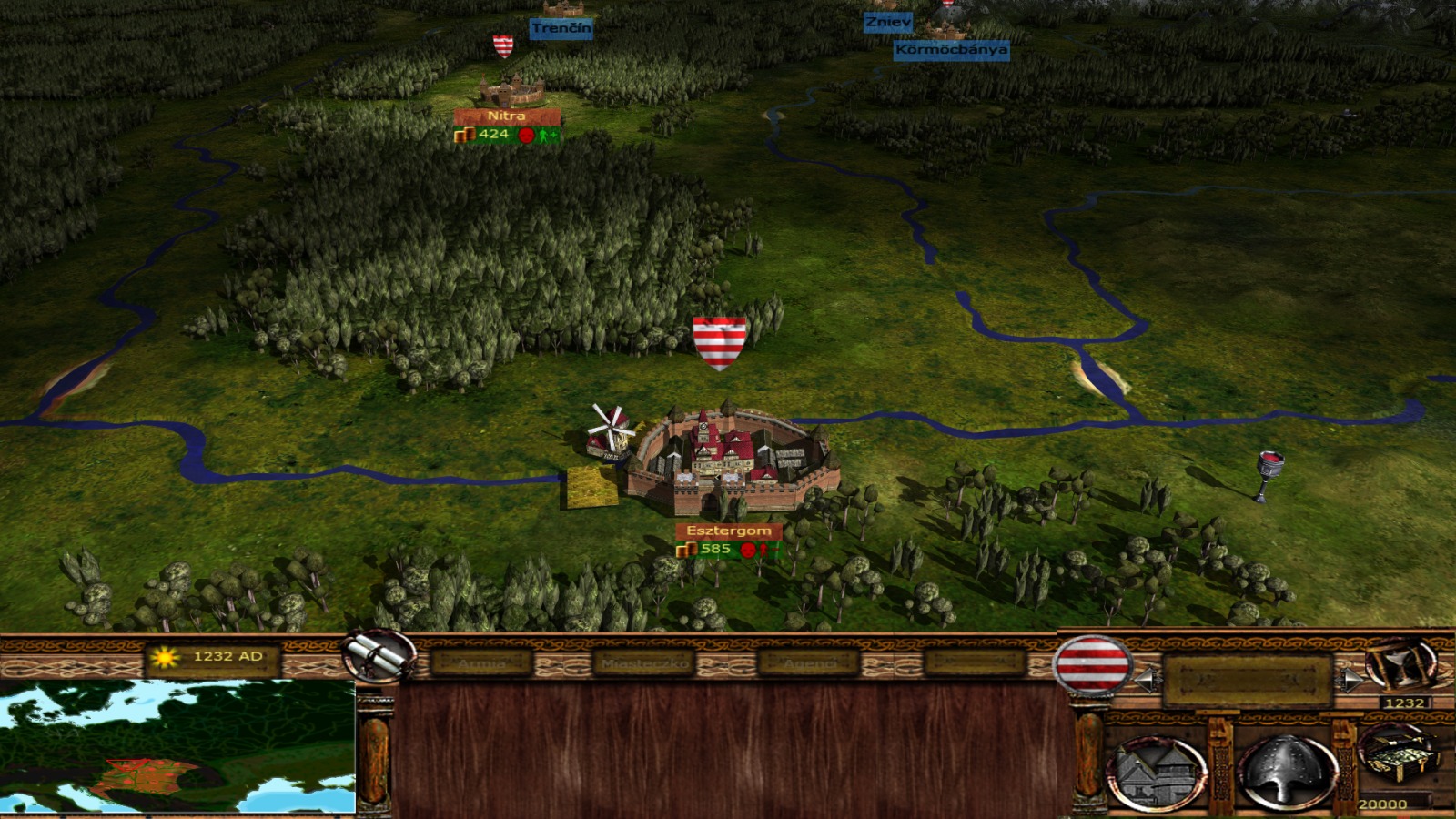
Trade and Finance
Hungary was rich kingdom and known for its trade. Rich in cultivated lands, silver, gold, and salt deposits, Hungary became the preferred destination of mainly German, Italian and French colonists. These immigrants were mostly peasants who settled in villages, but craftsmen and merchants also came. The location of the kingdom at the crossroads of international trade routes favored the coexistence of several cultures.
Goverment and Society
Hungary is a feudal kingdom with Catholic Christianity as a dominant religion with minority of Orthodox Christians and Pagans. Early stages of kingdom saw a lot of Pagan revolts which jeopardized the new monarchy. In 12th century revolts were stopped and era of Hungarian developing started. It is a kingdom where, besides Magyars (Hungarians), a lot of Slavic people live and because of that a significant part of the Hungarian vocabulary for agriculture, religion and state was taken from Slavic languages. But nor Hungarian nor any Slavic language was official. Official language was Latin and remained through medieval period.
Hungarian Army
Hungarians originate from Magyar tribes who mastered the art of horse archering. It was the best tactic used in Russian steppes. After Magyars moved into Pannonian basin and became a feudal state, western heavy cavalry charges were adopted. Hungarian knights became a powerful weapon of Hungarian army. But still horse archering remained a strong weapon of Hungarian army and were one of the best horse archers in Europe. Hungary also had great archers on foot as well as great armored spearmen and infantry. Strong siege equipment was also at disposal of Hungarian army.
Examples of hungarian units:
Town militia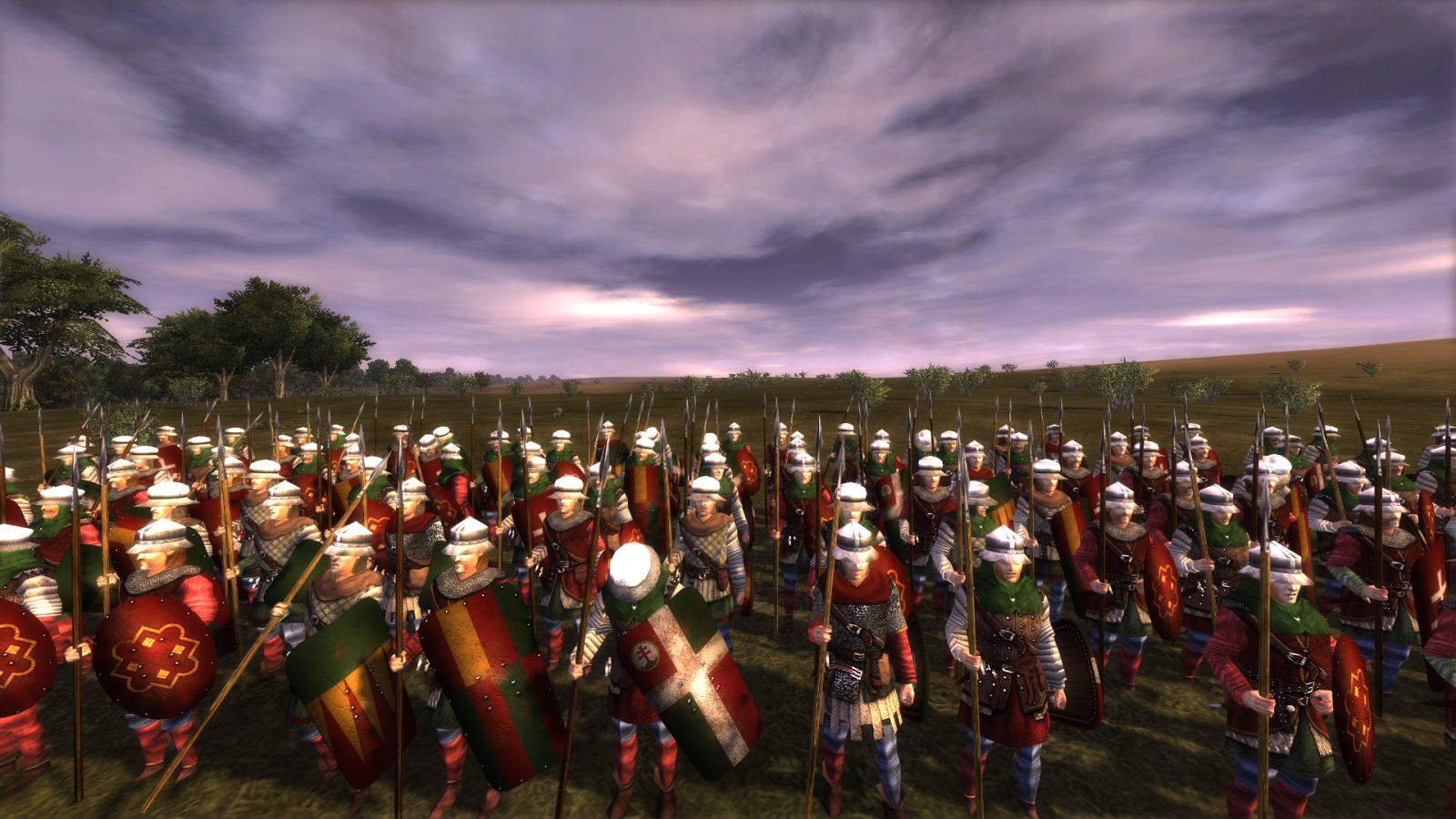
Crossbowmen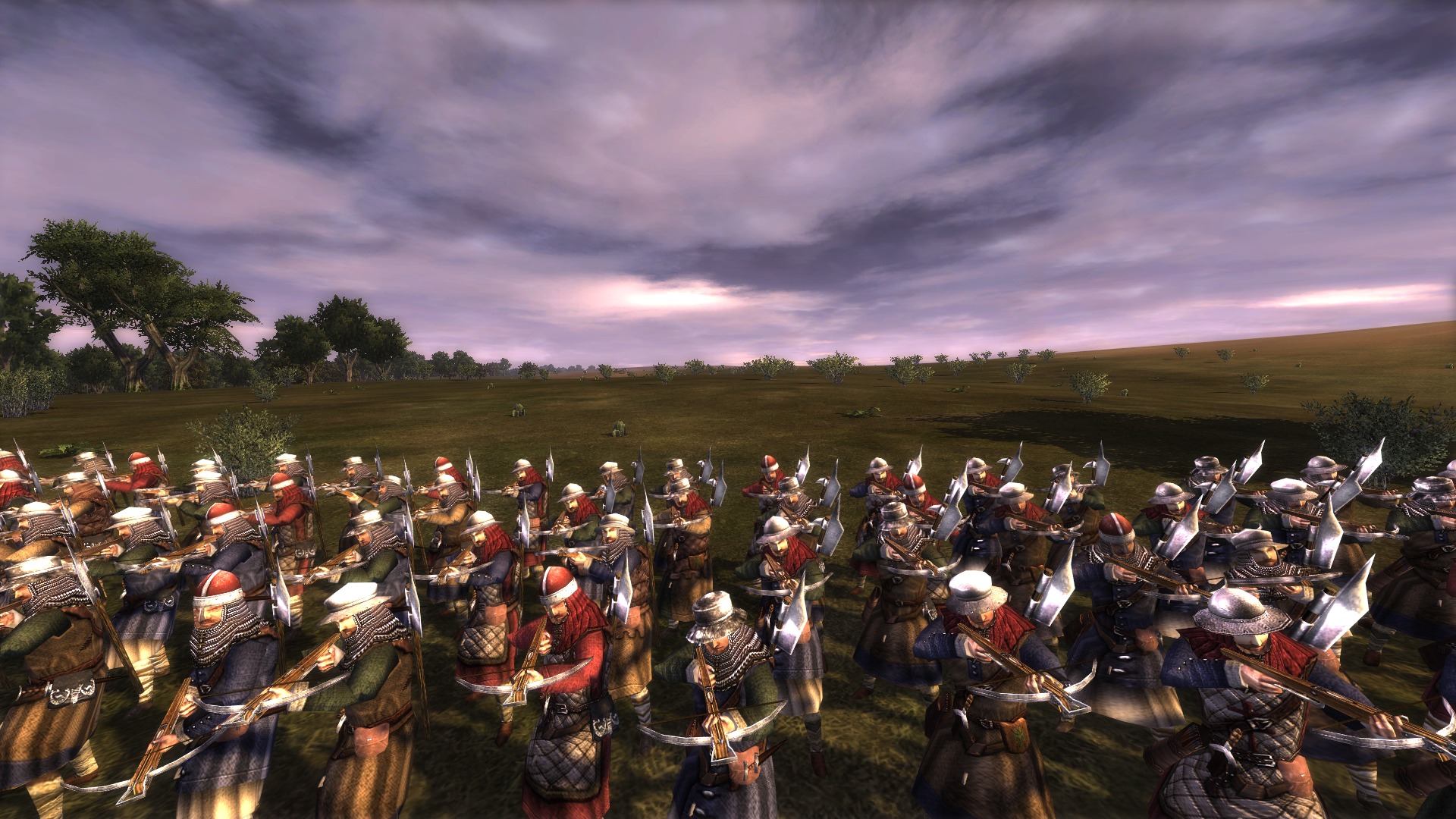
Magyar Archers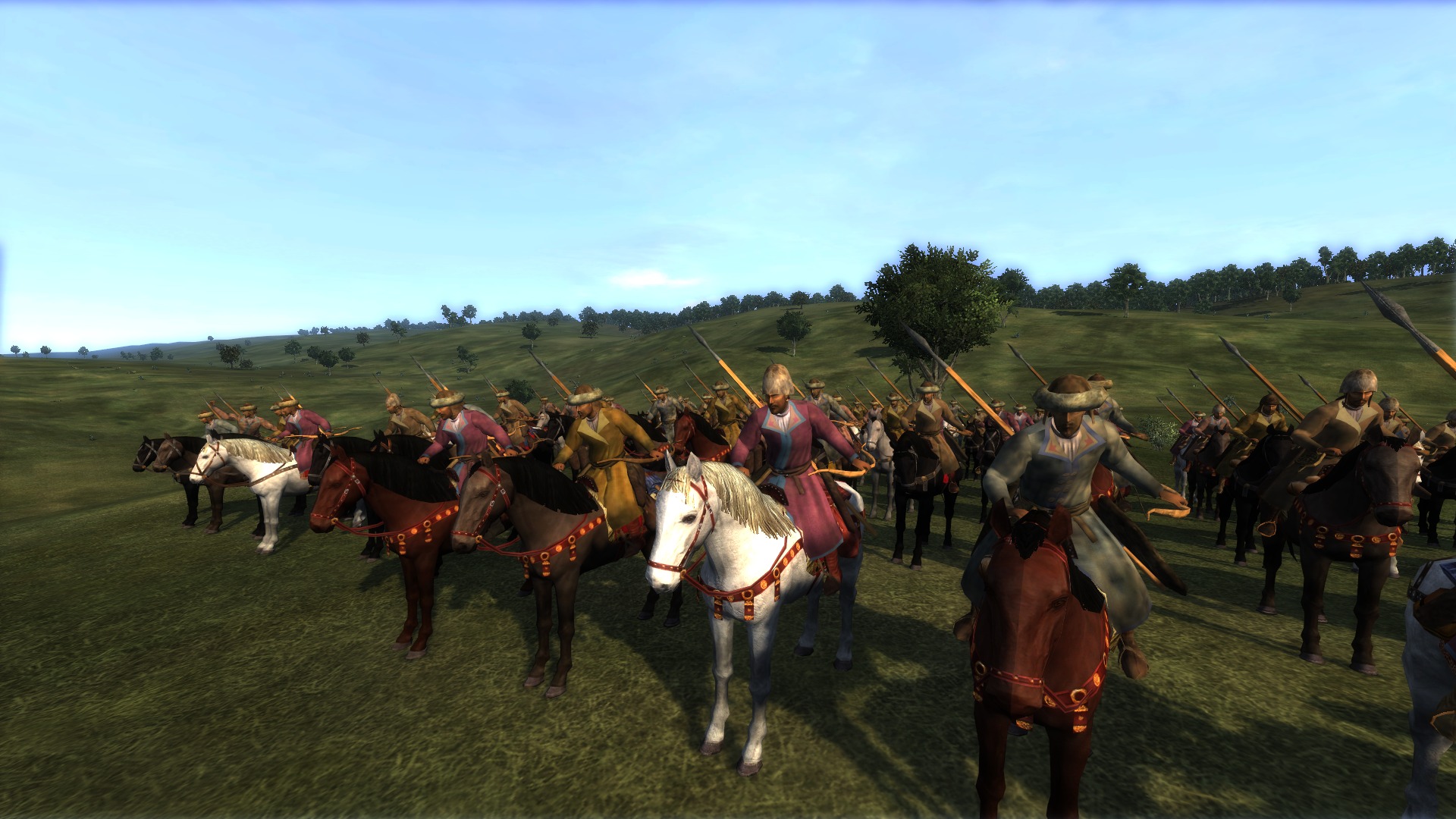
Magyar Knights
Materials from:
Magyar Mod
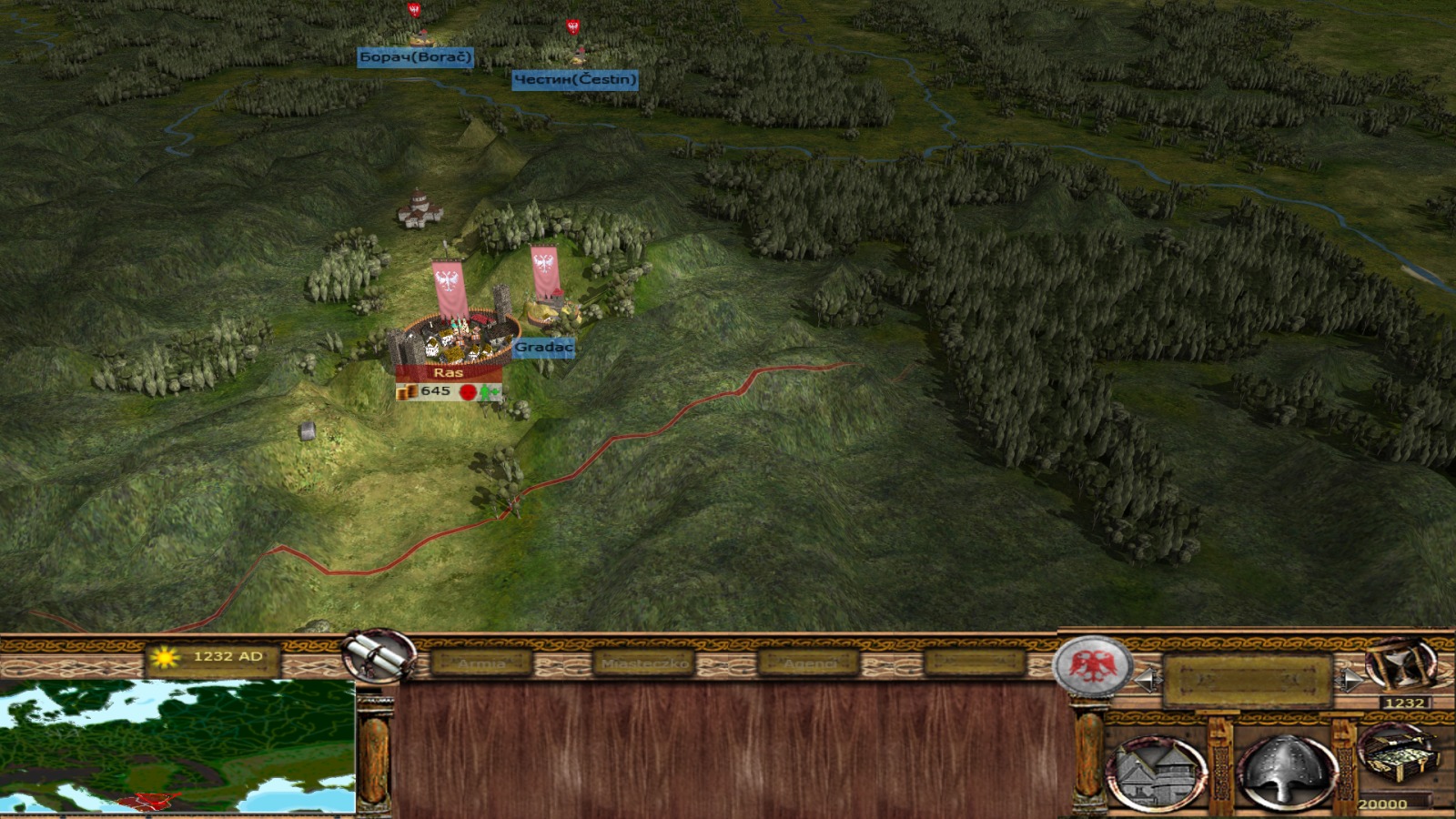
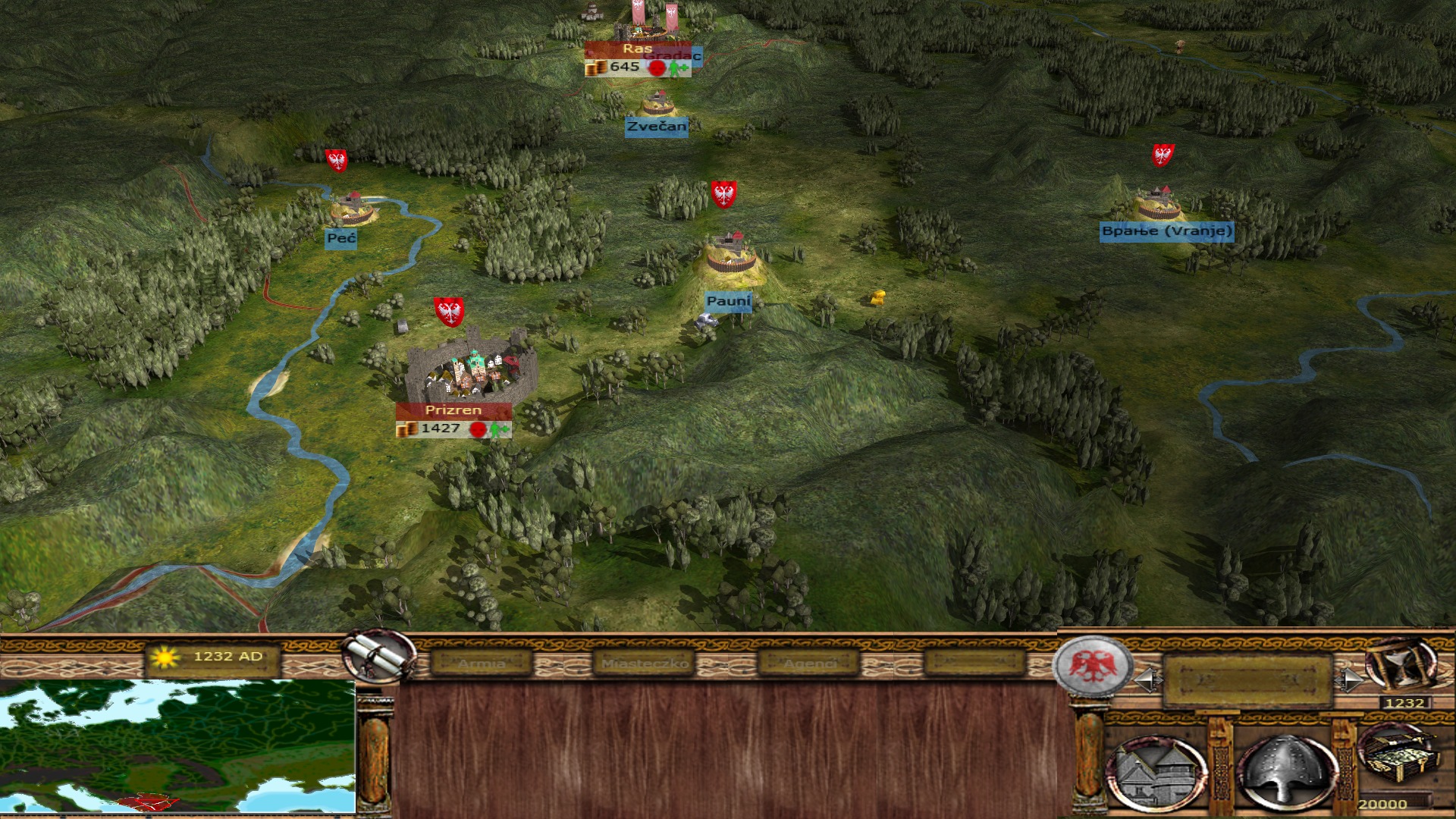

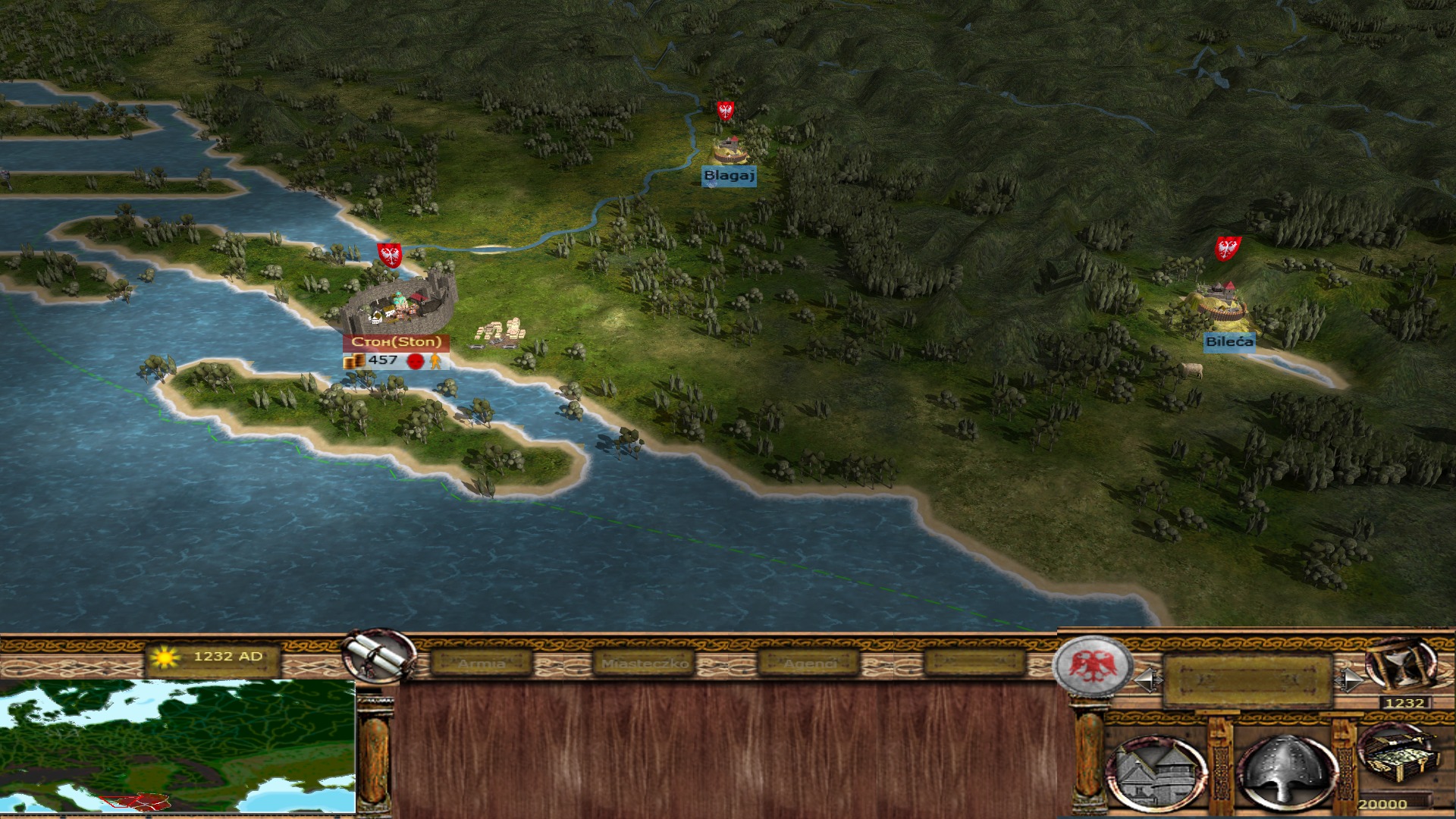
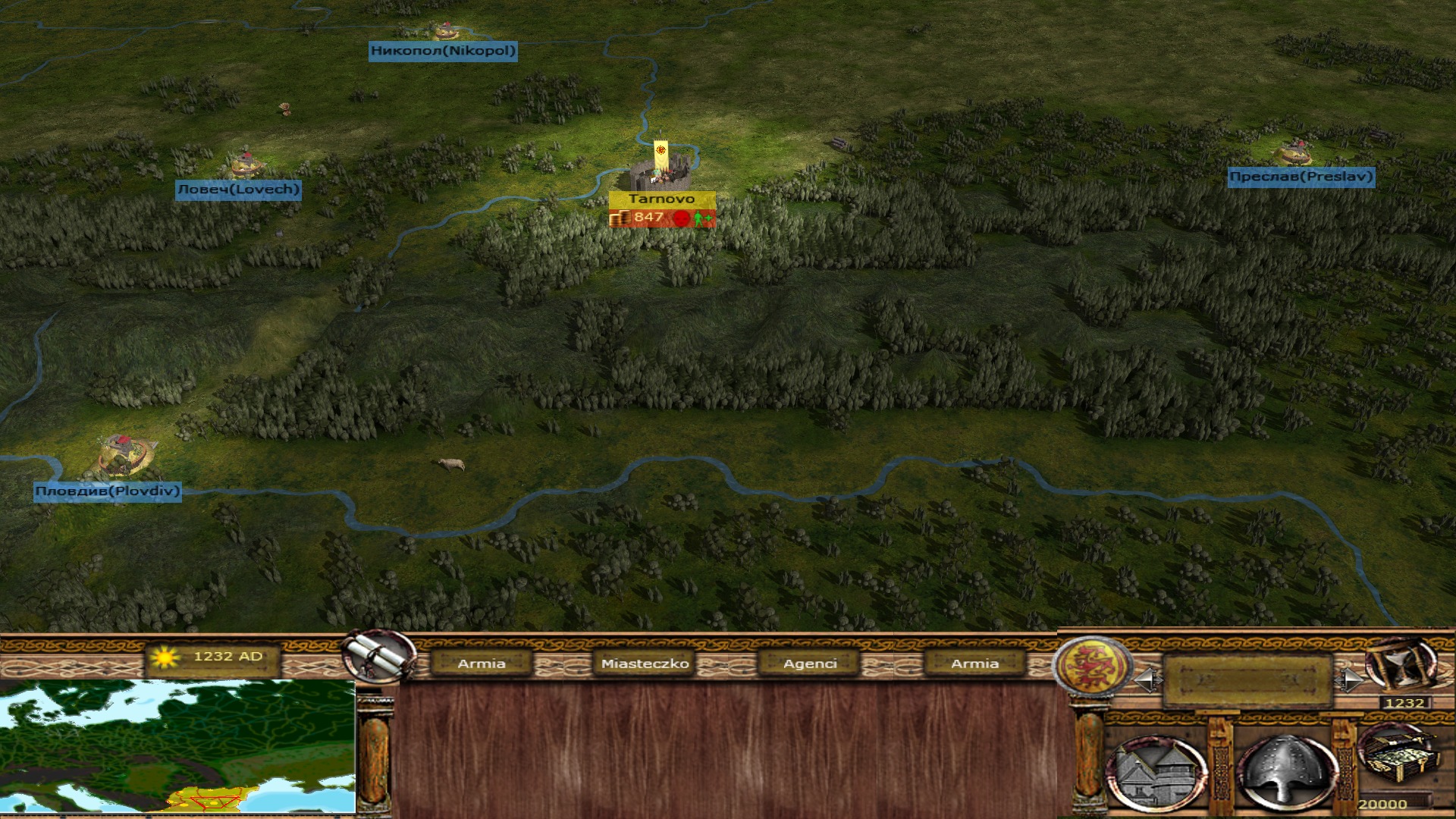
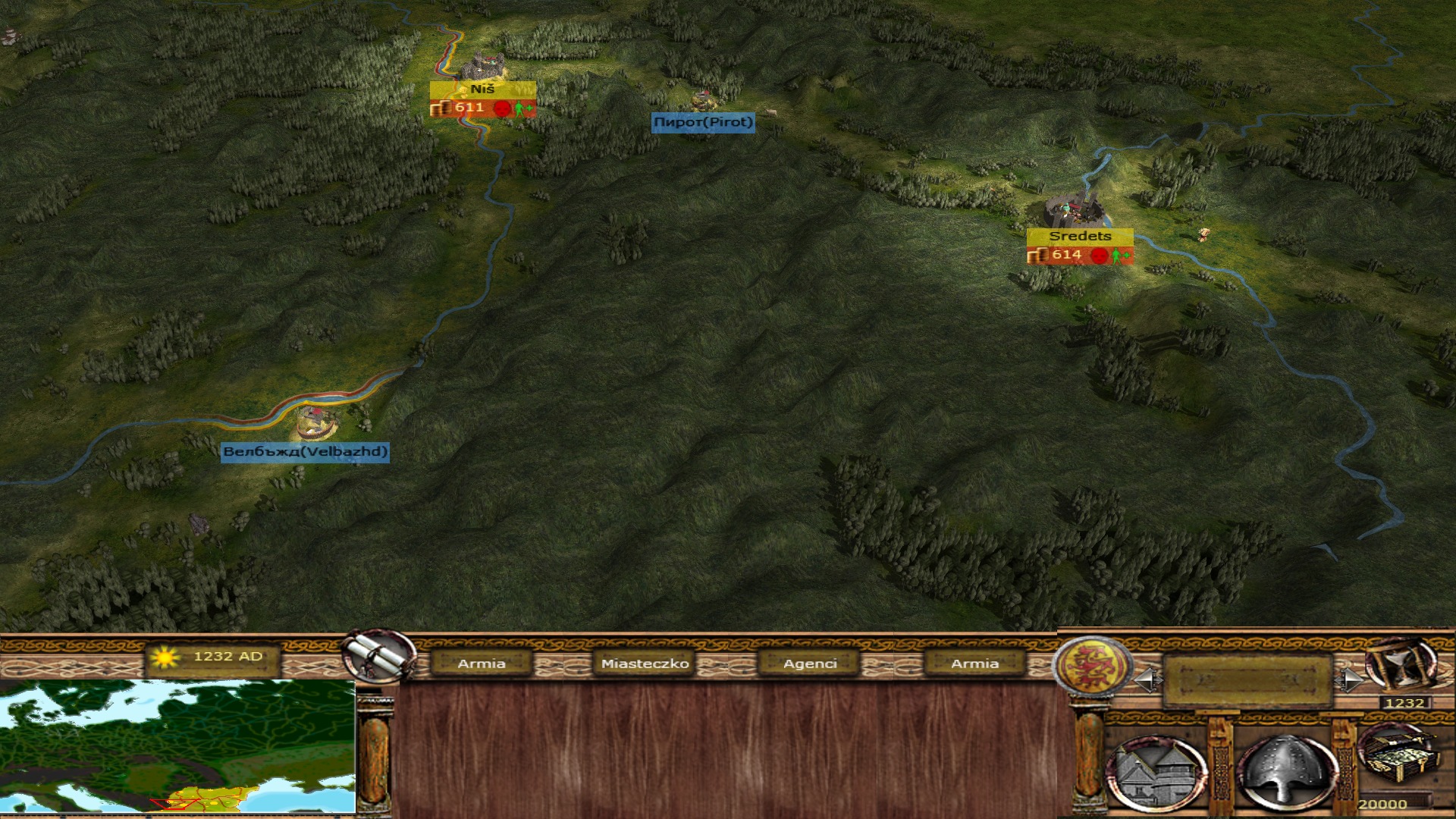
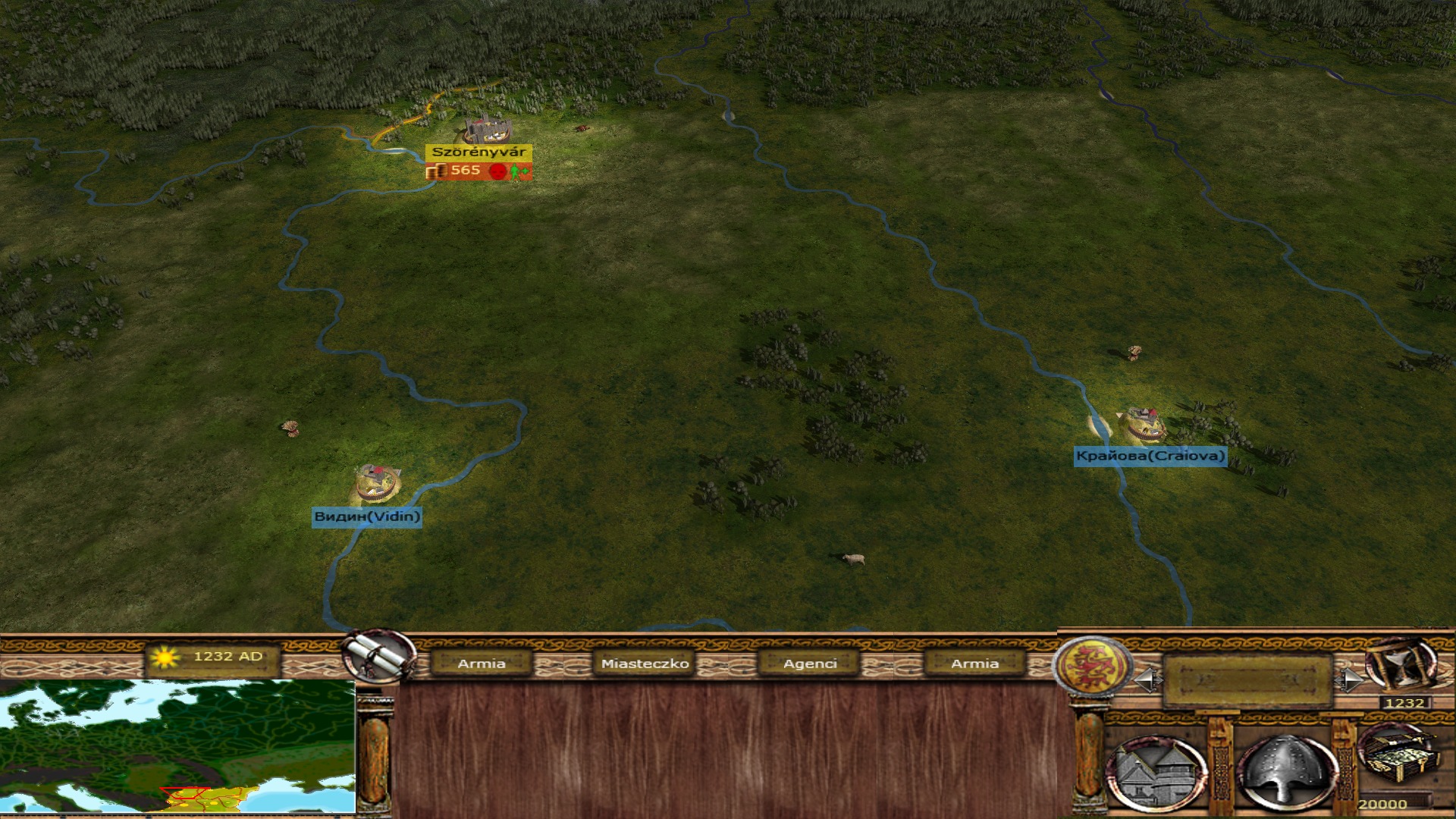
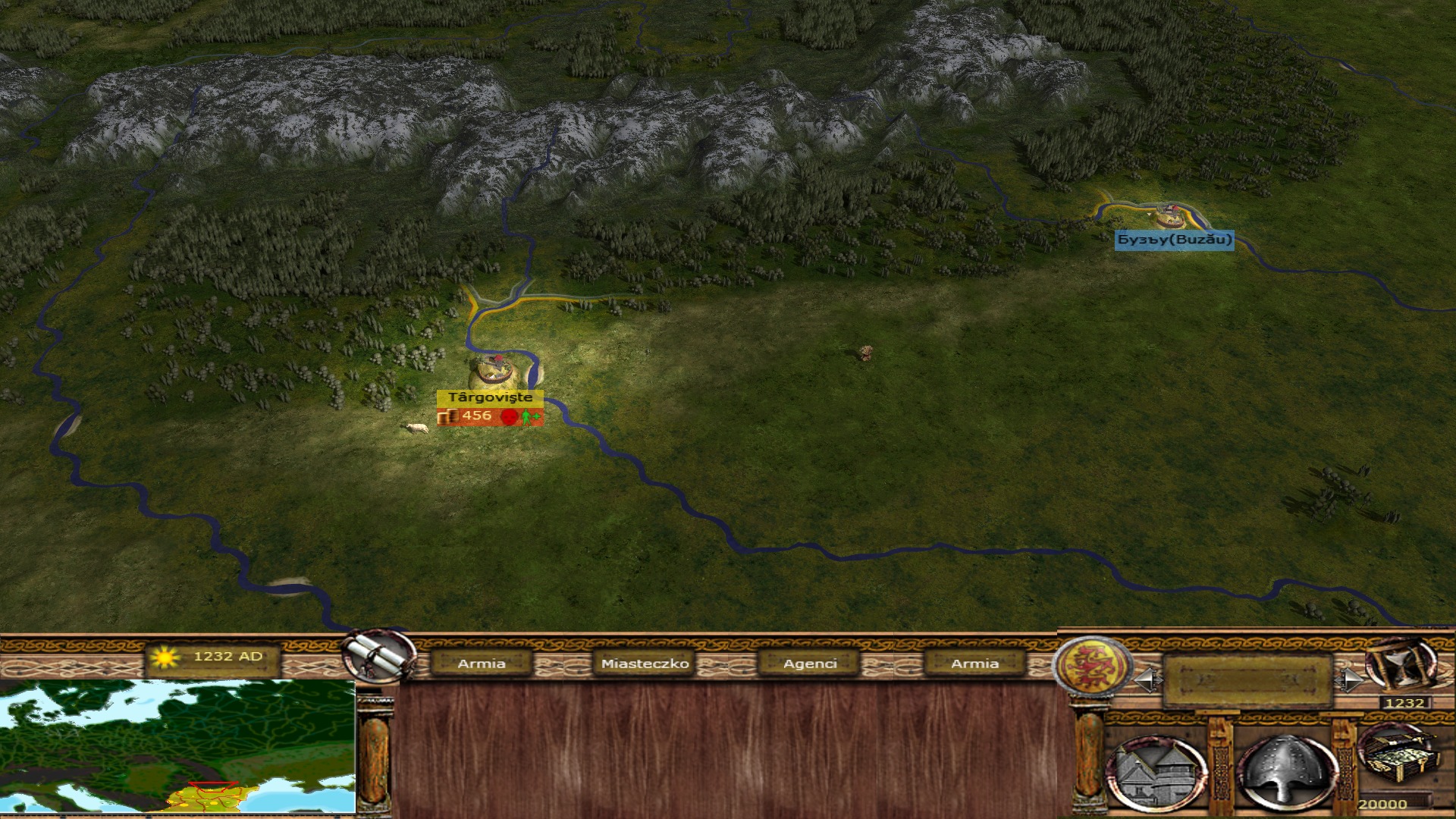
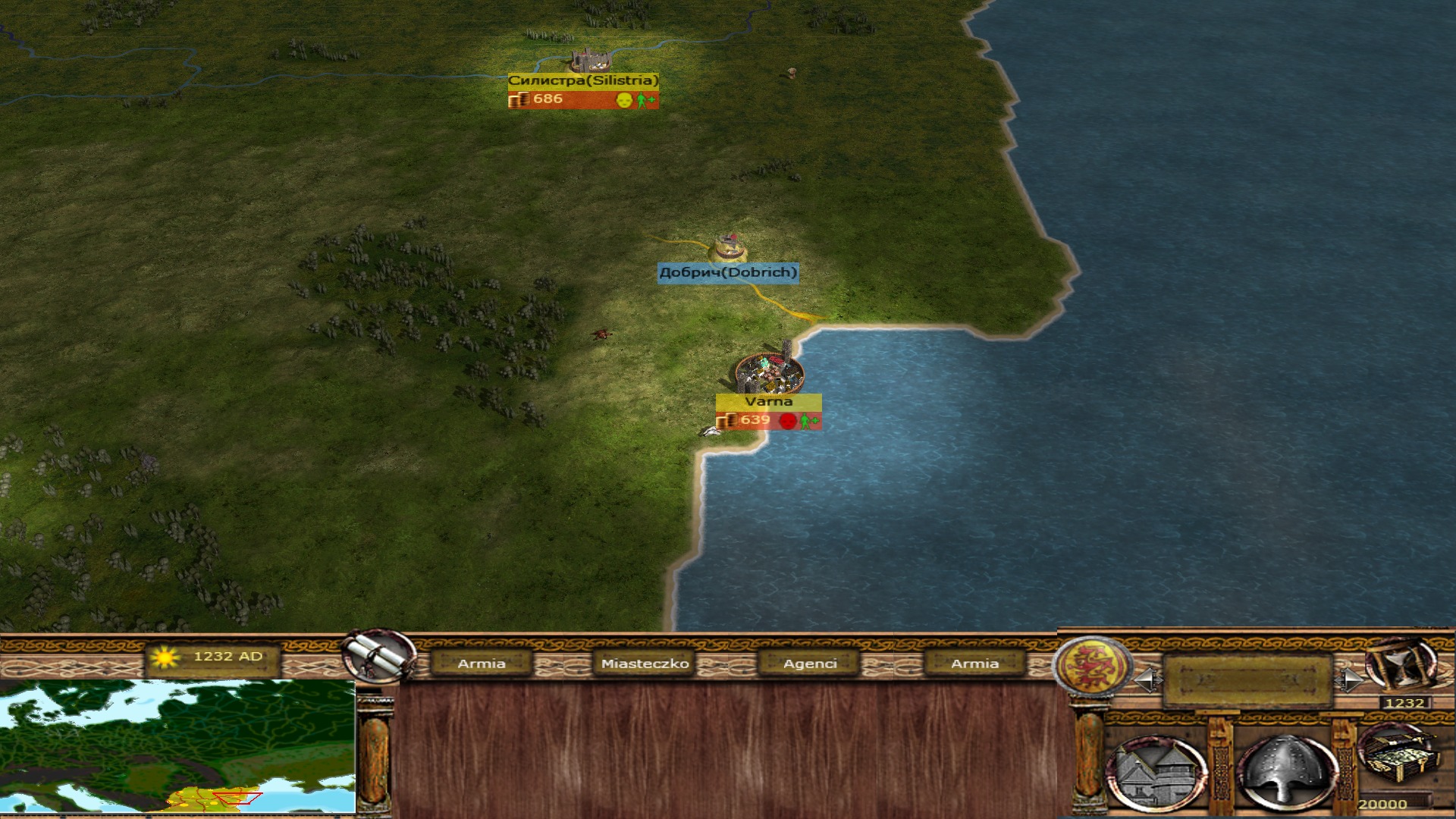
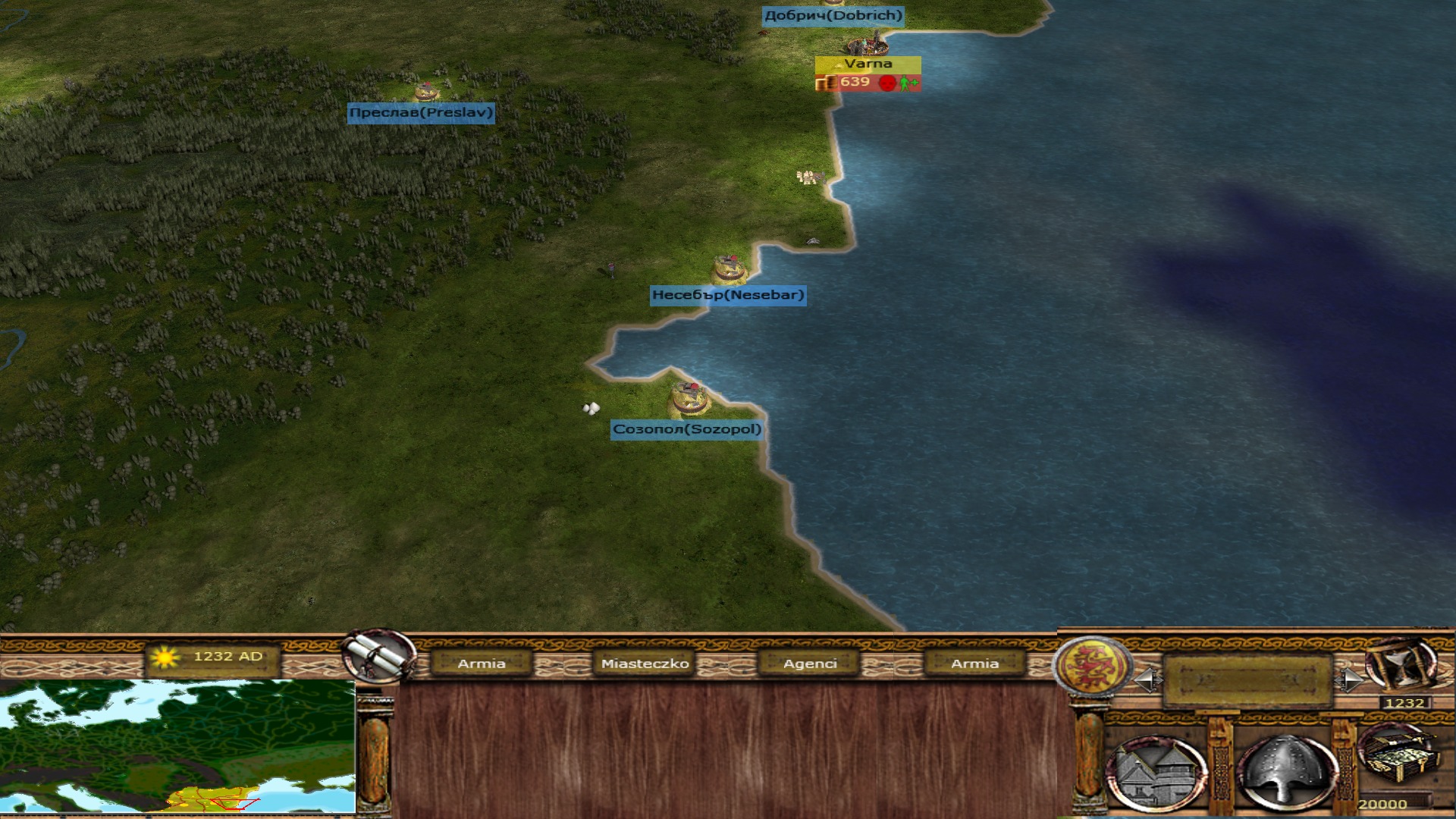
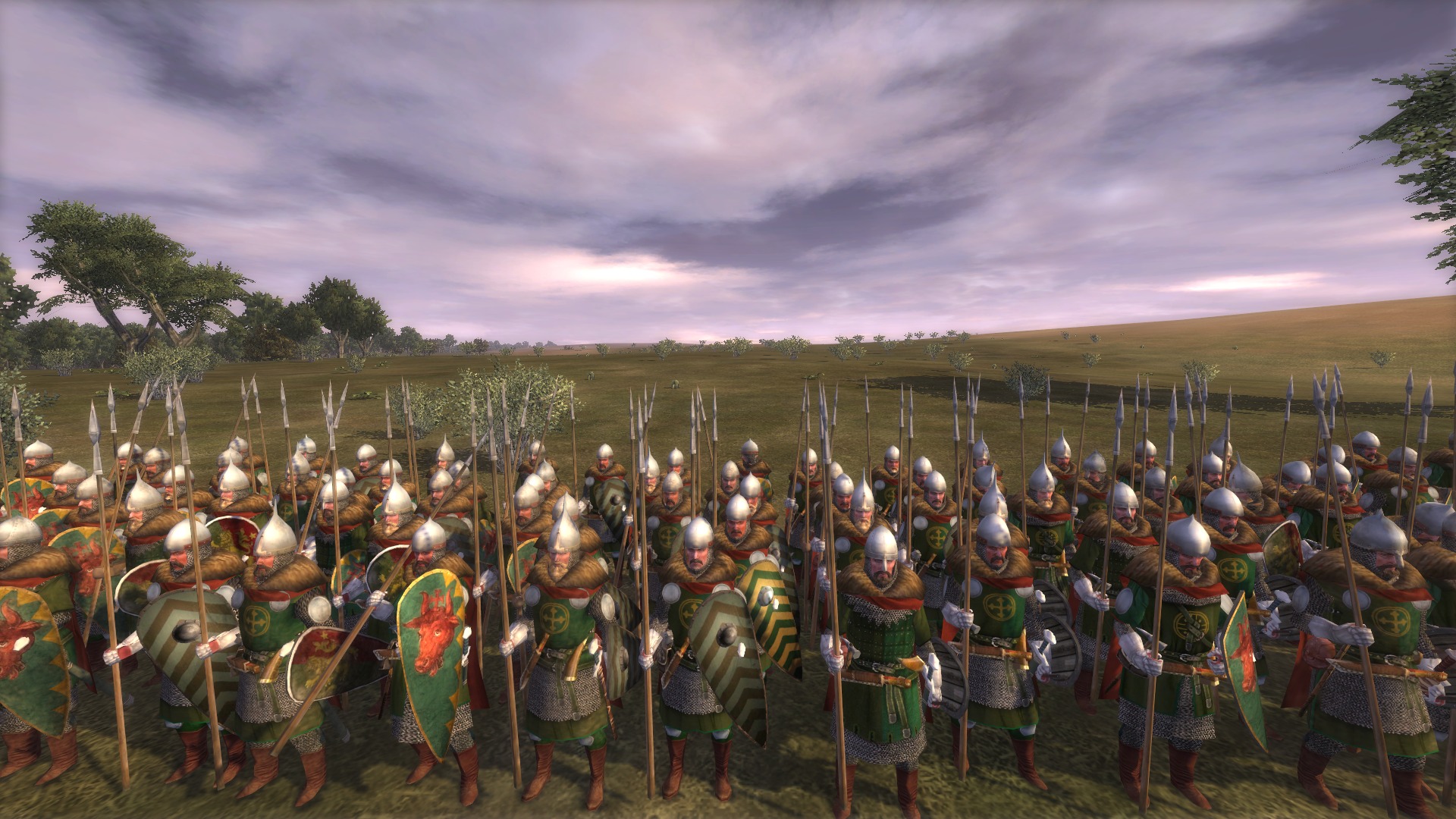
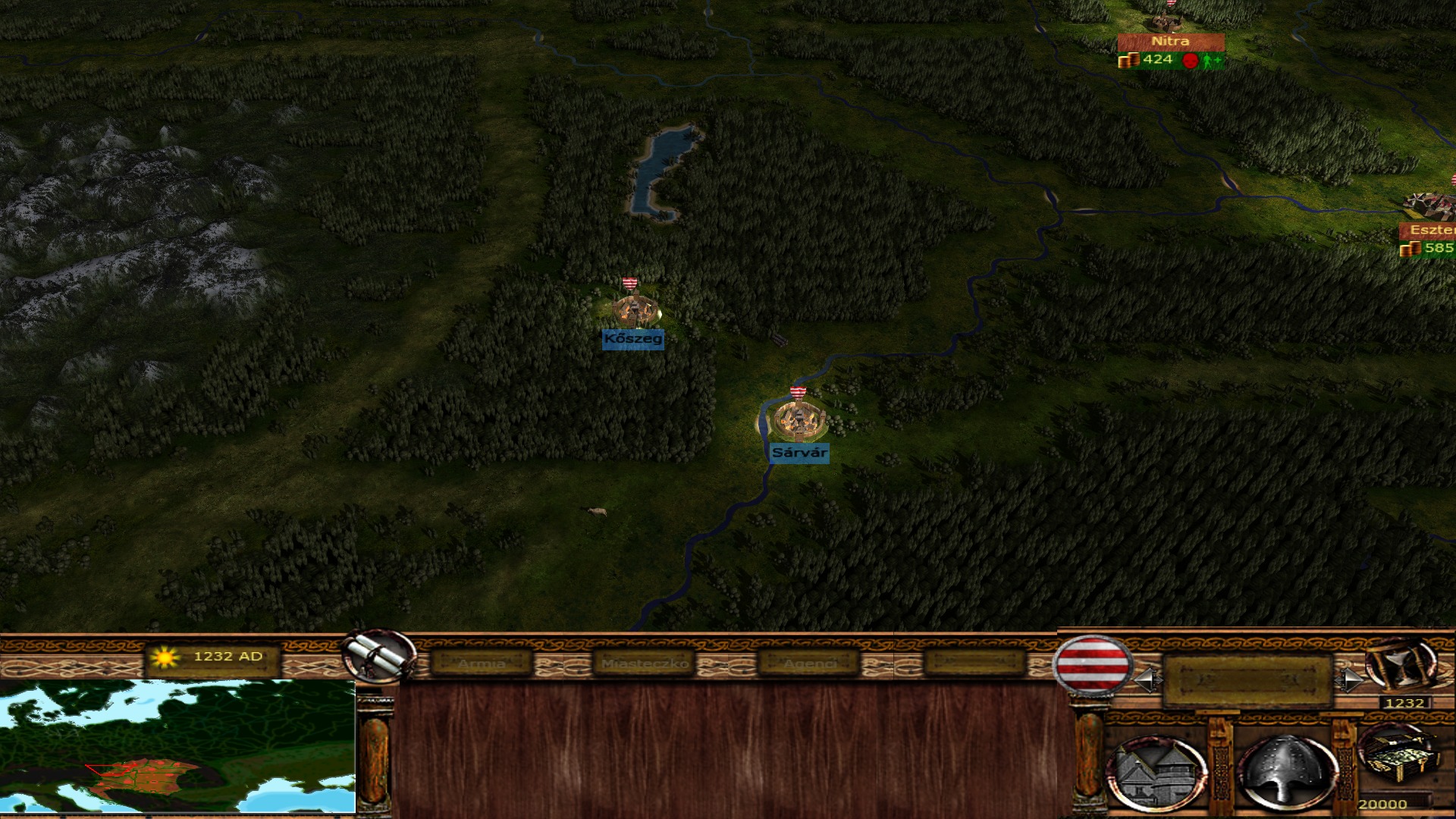

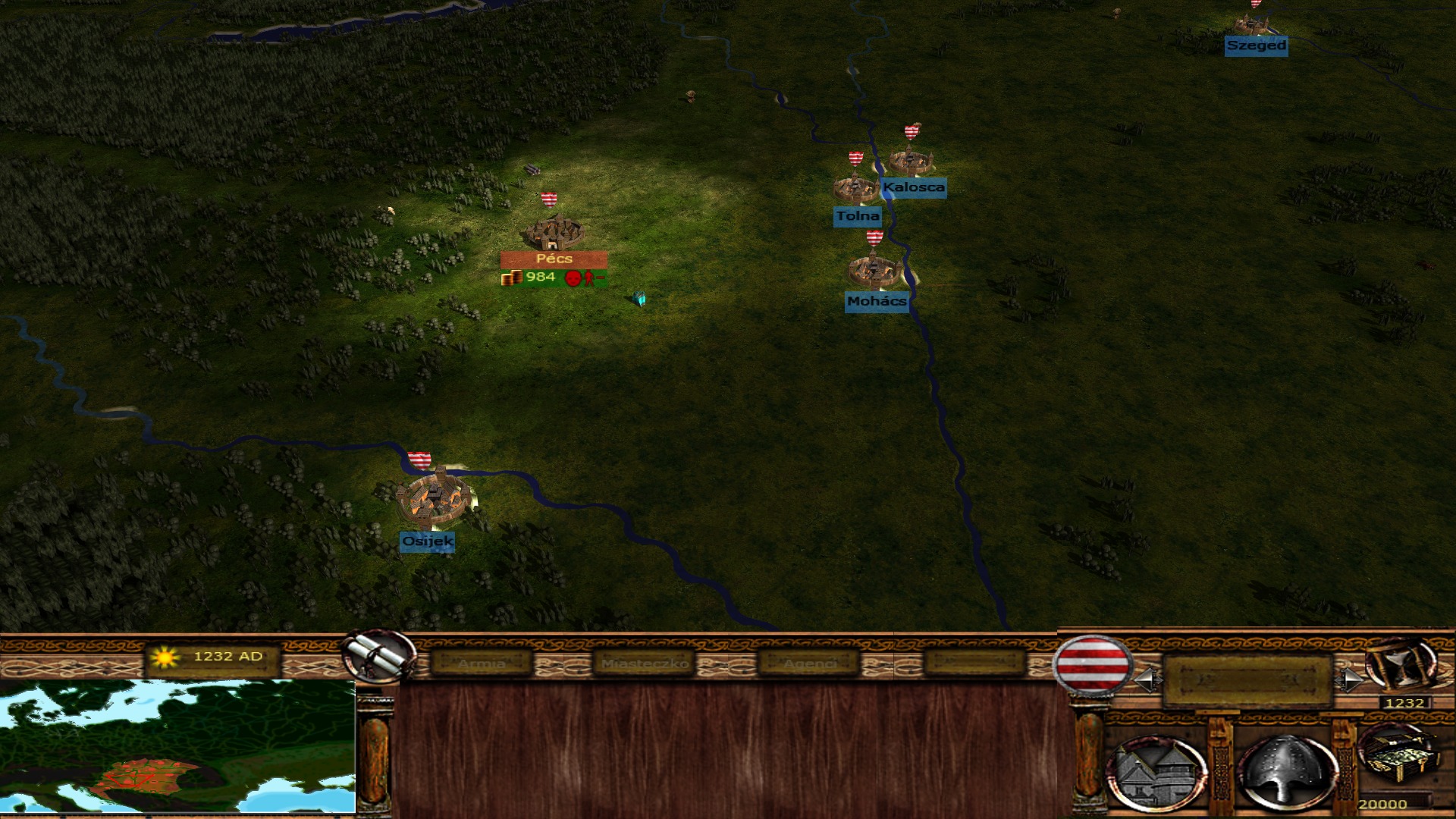
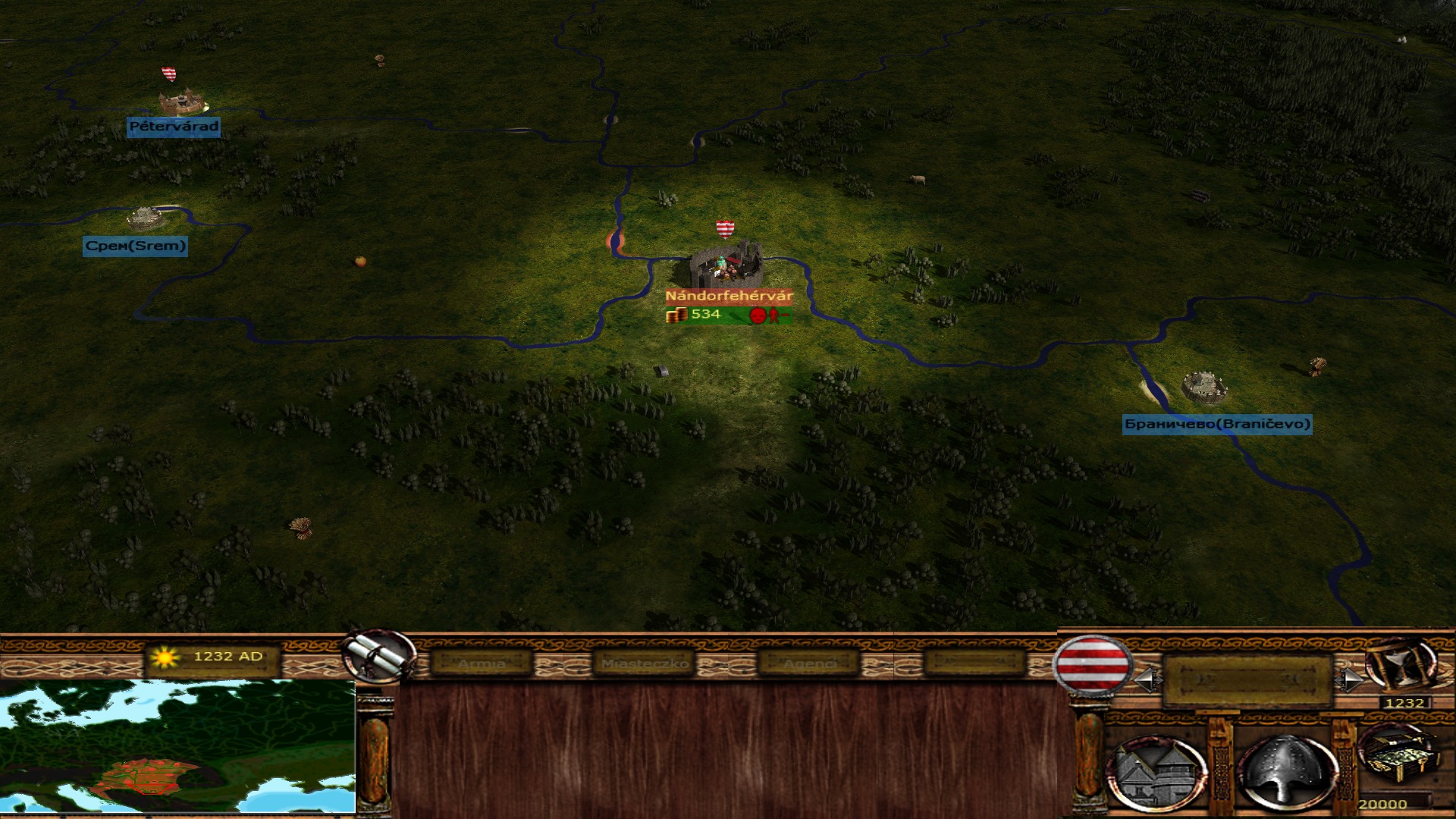
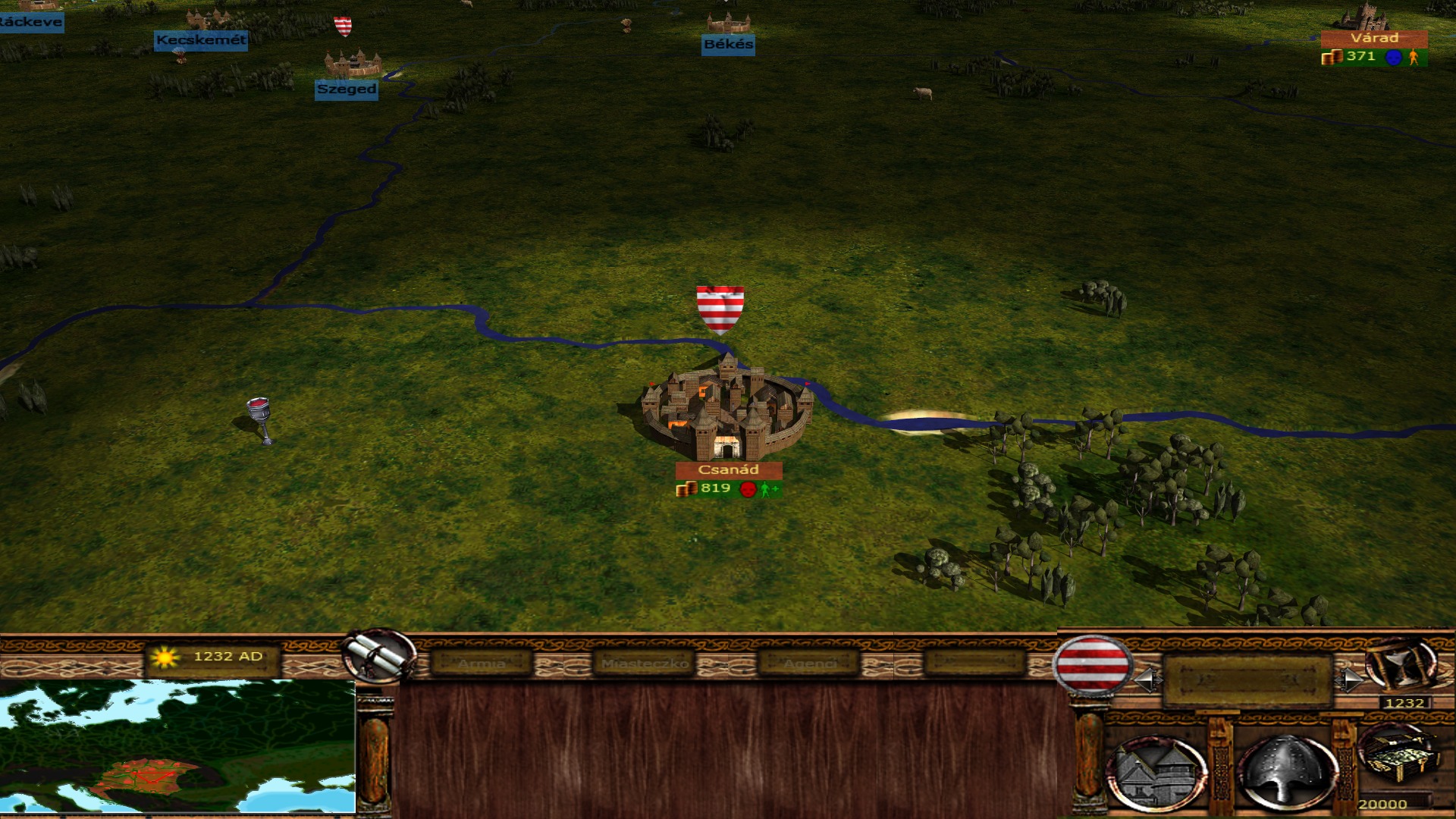
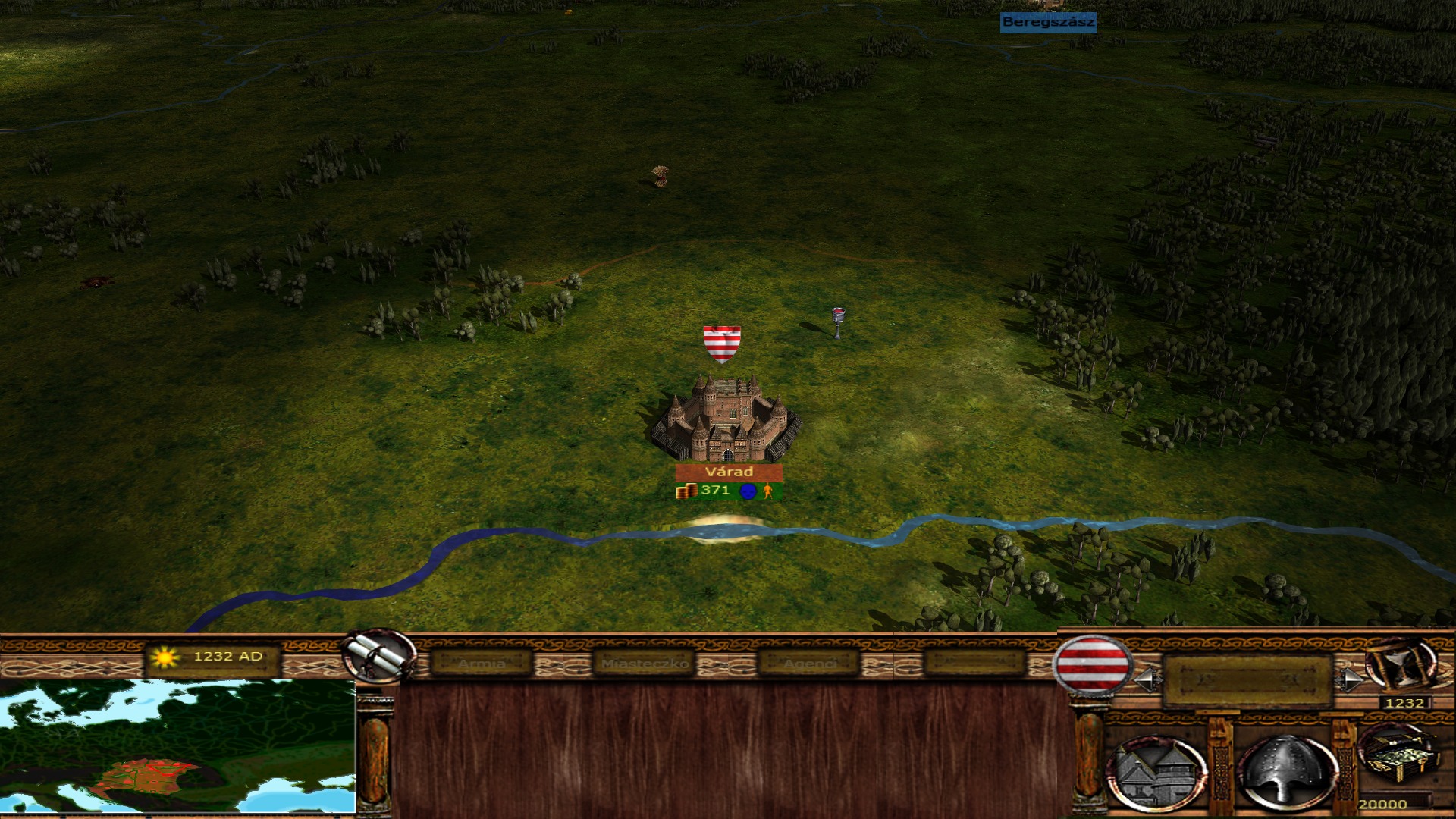
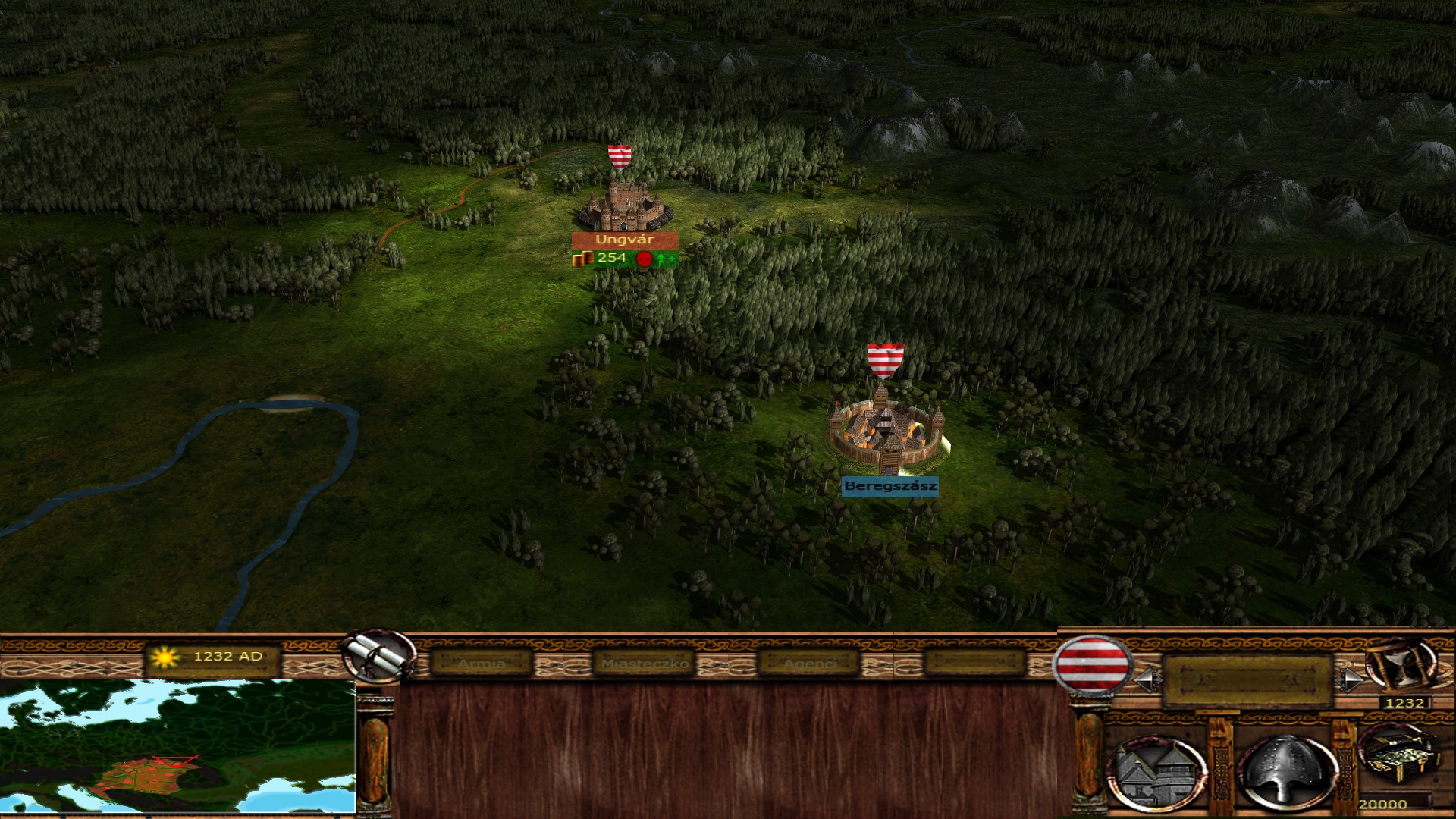
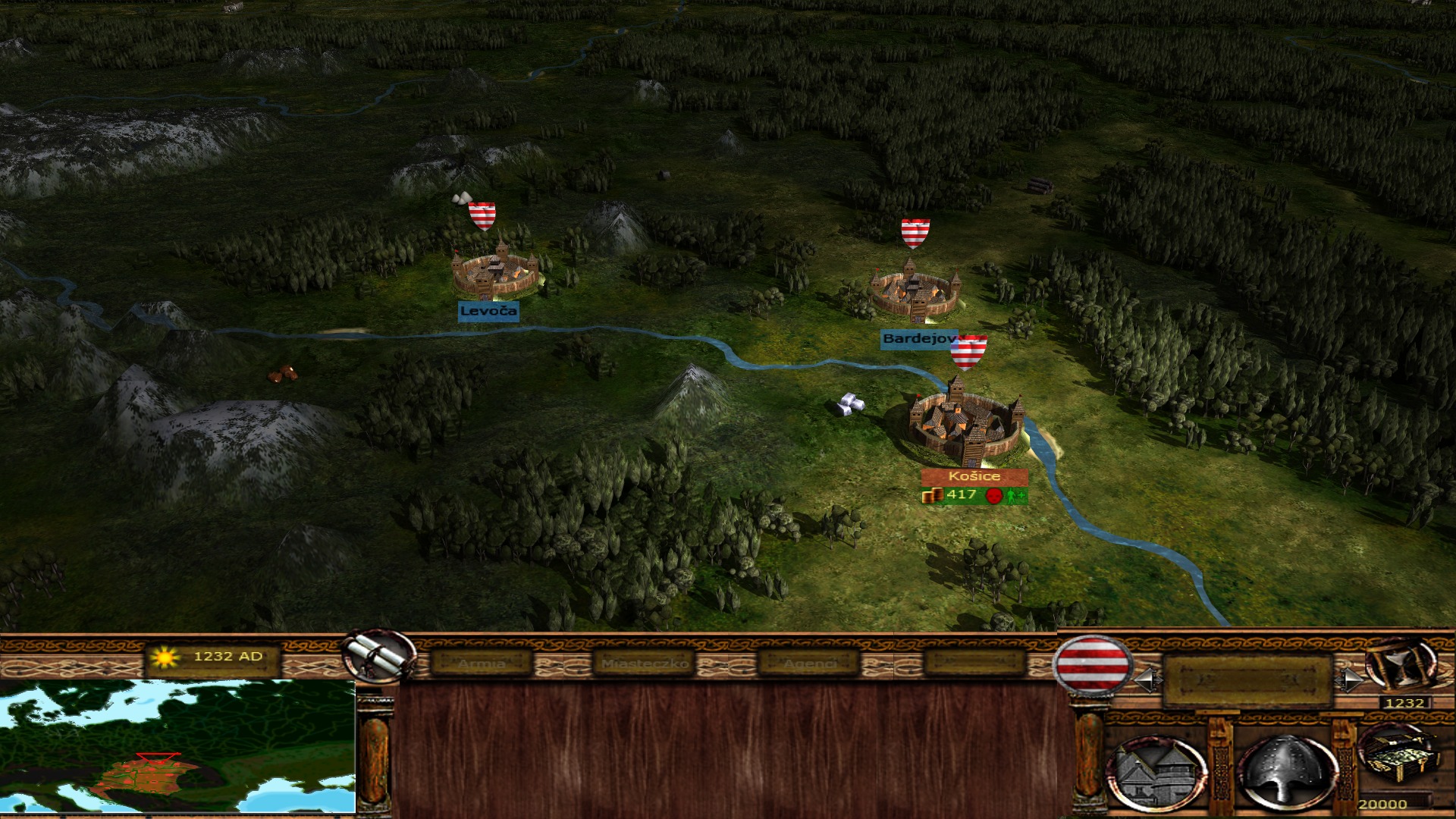
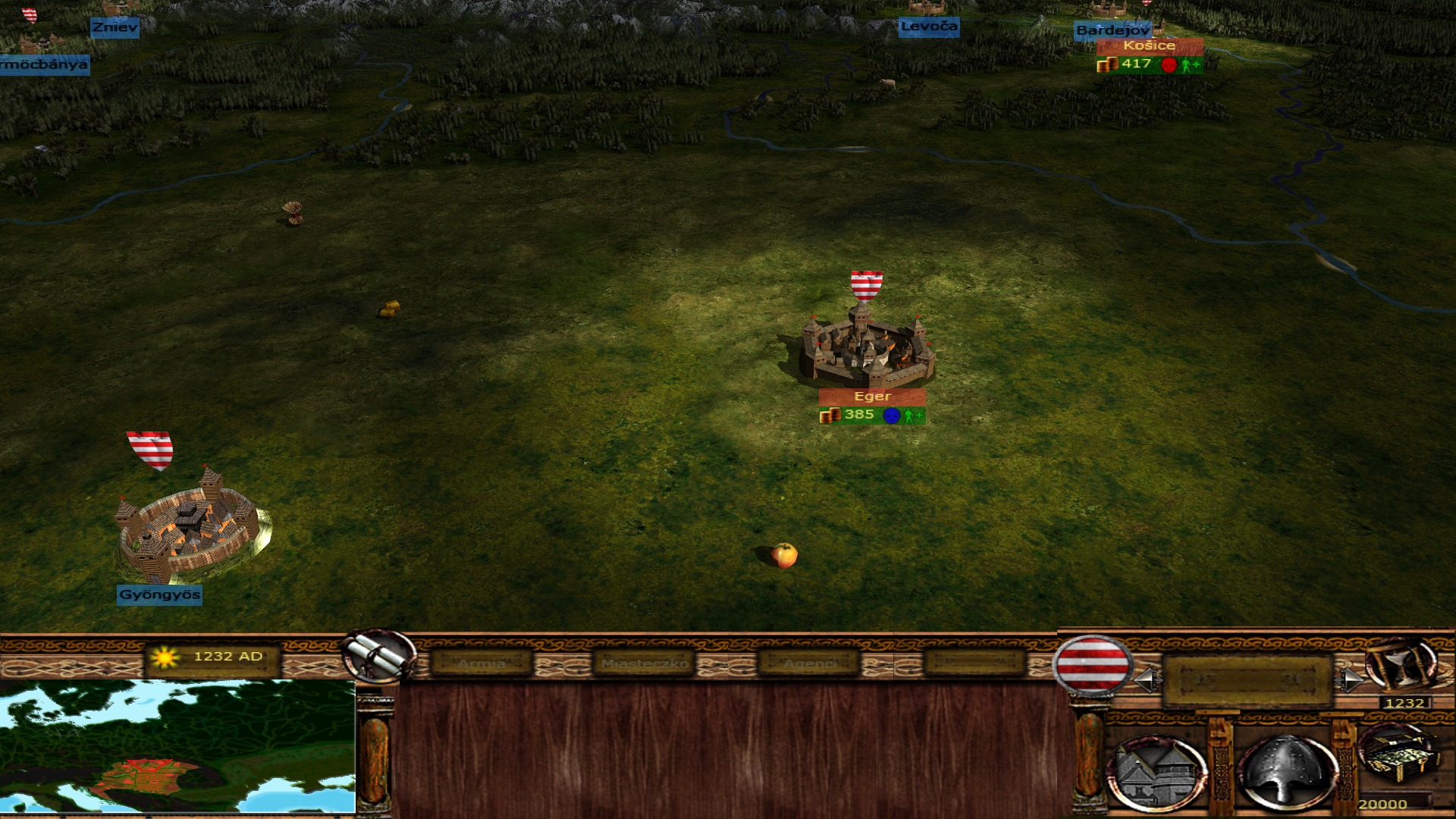


Odlicno.Great
Khan Boris? Haha, FTW!
If I ever play as the Bulgarians (someone need to punch the mongols on the nose after all) and get a Boris as Knyaz, I'll rename the FL title to Khan ASAP :D
Boris is Khan before he baptized.
Interesting. Seems that my researcher missed that fact :) Thank you for info.